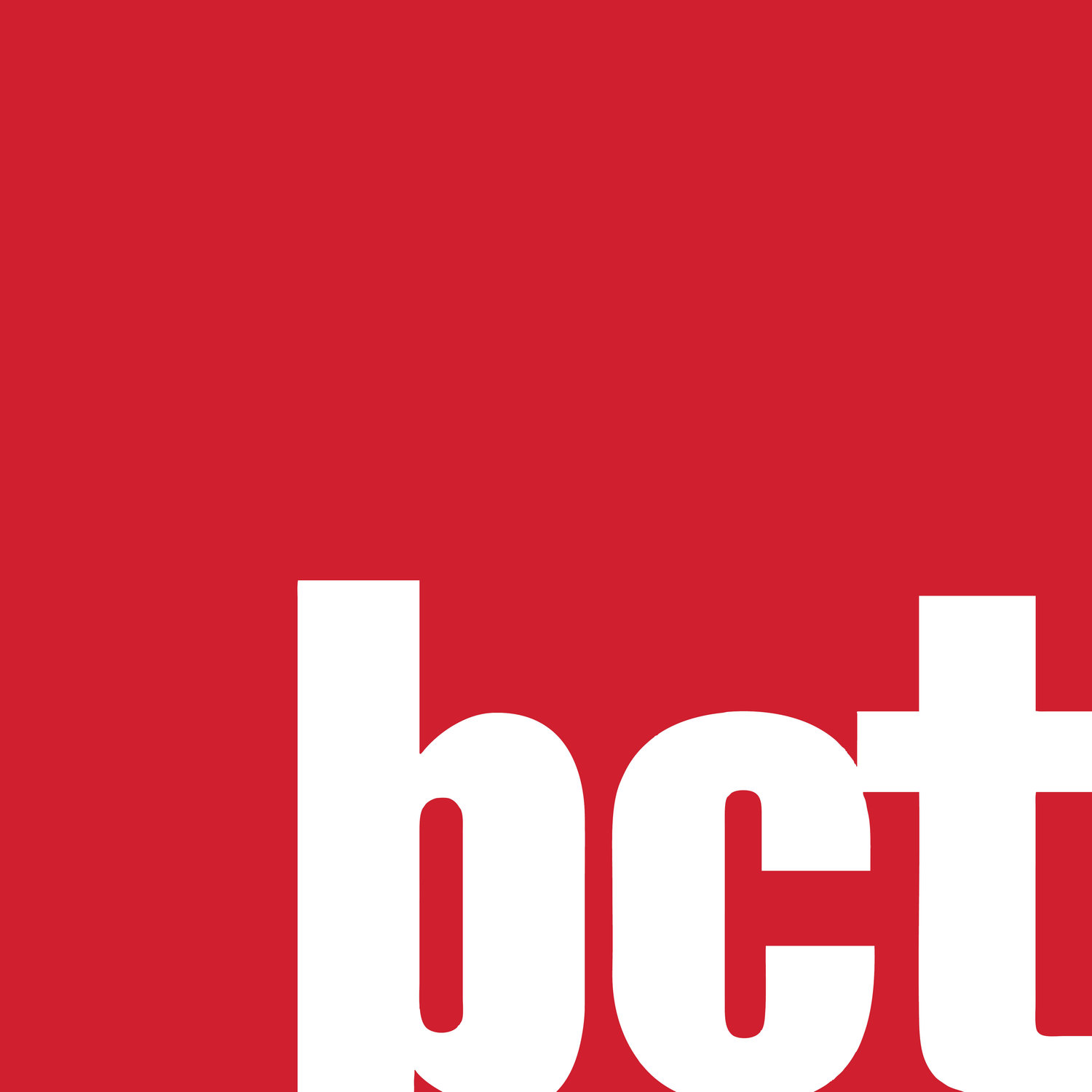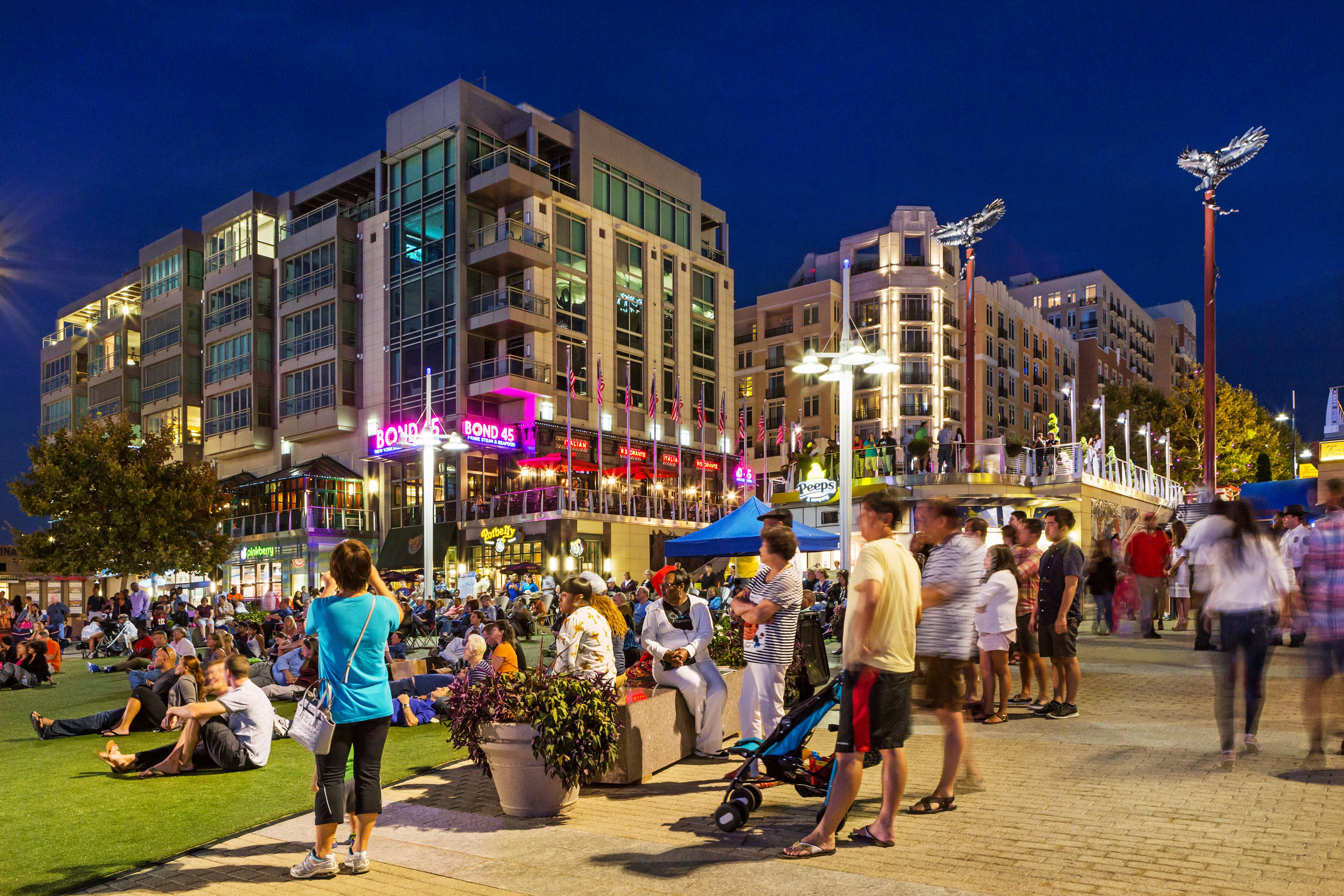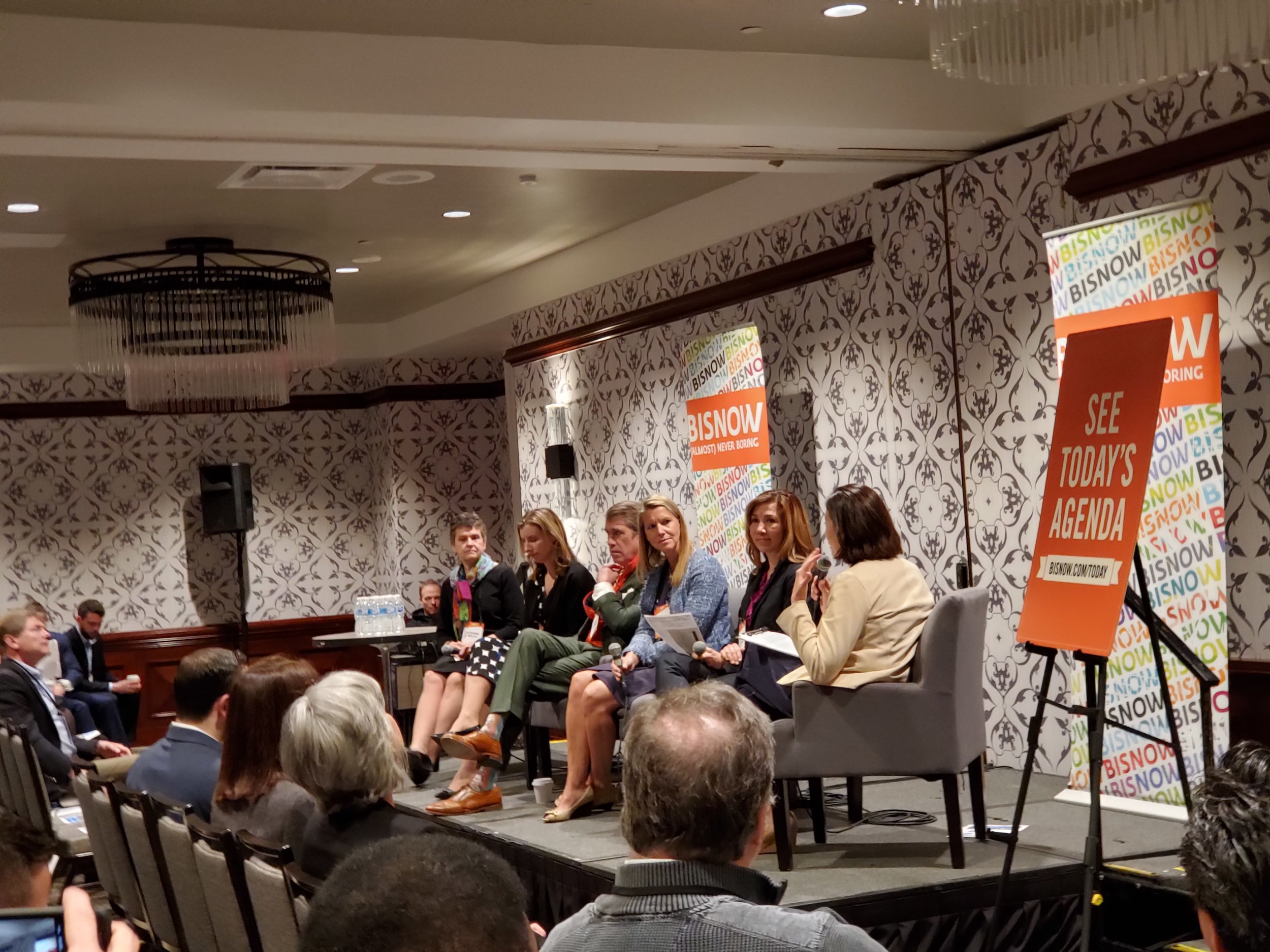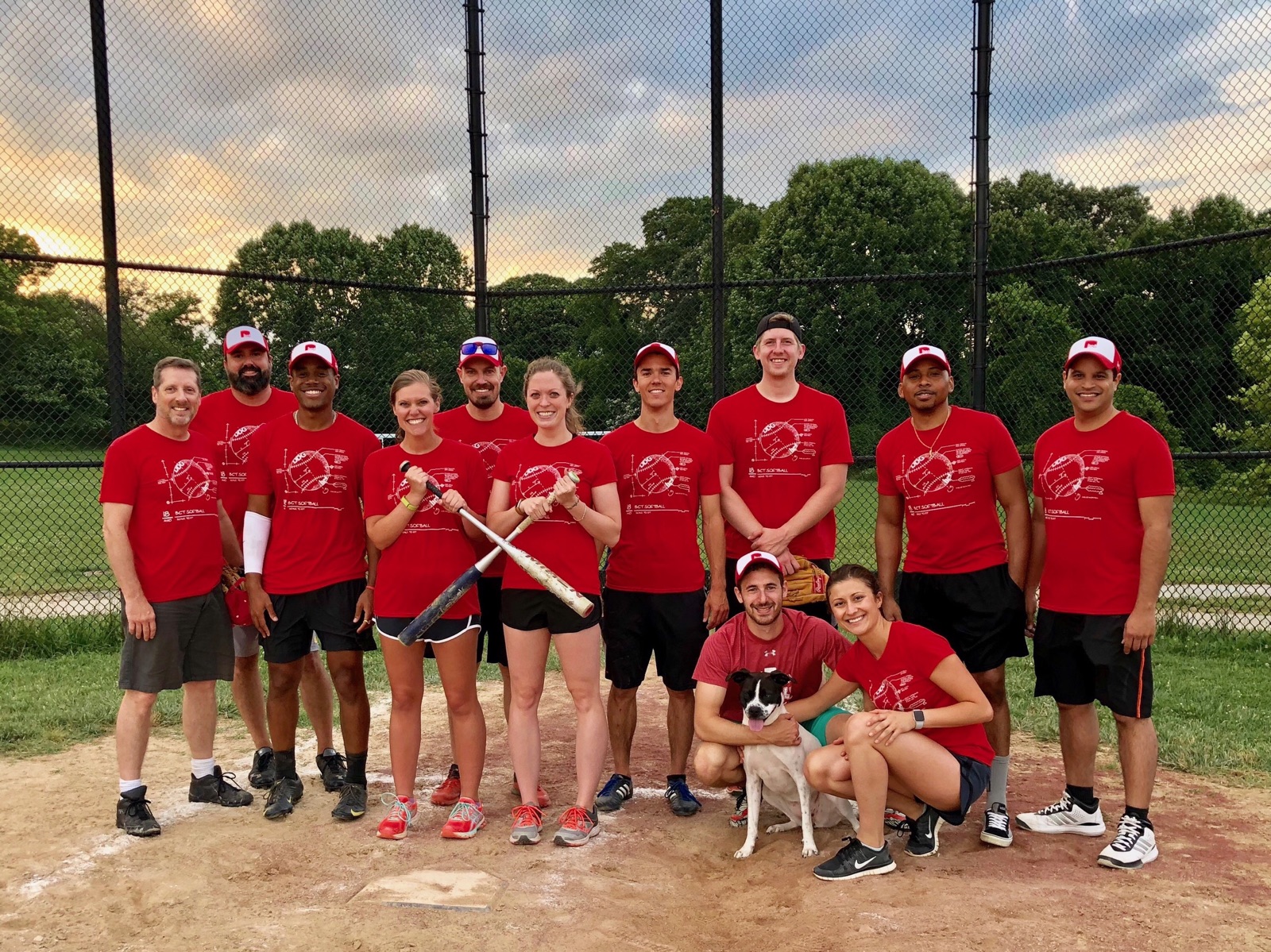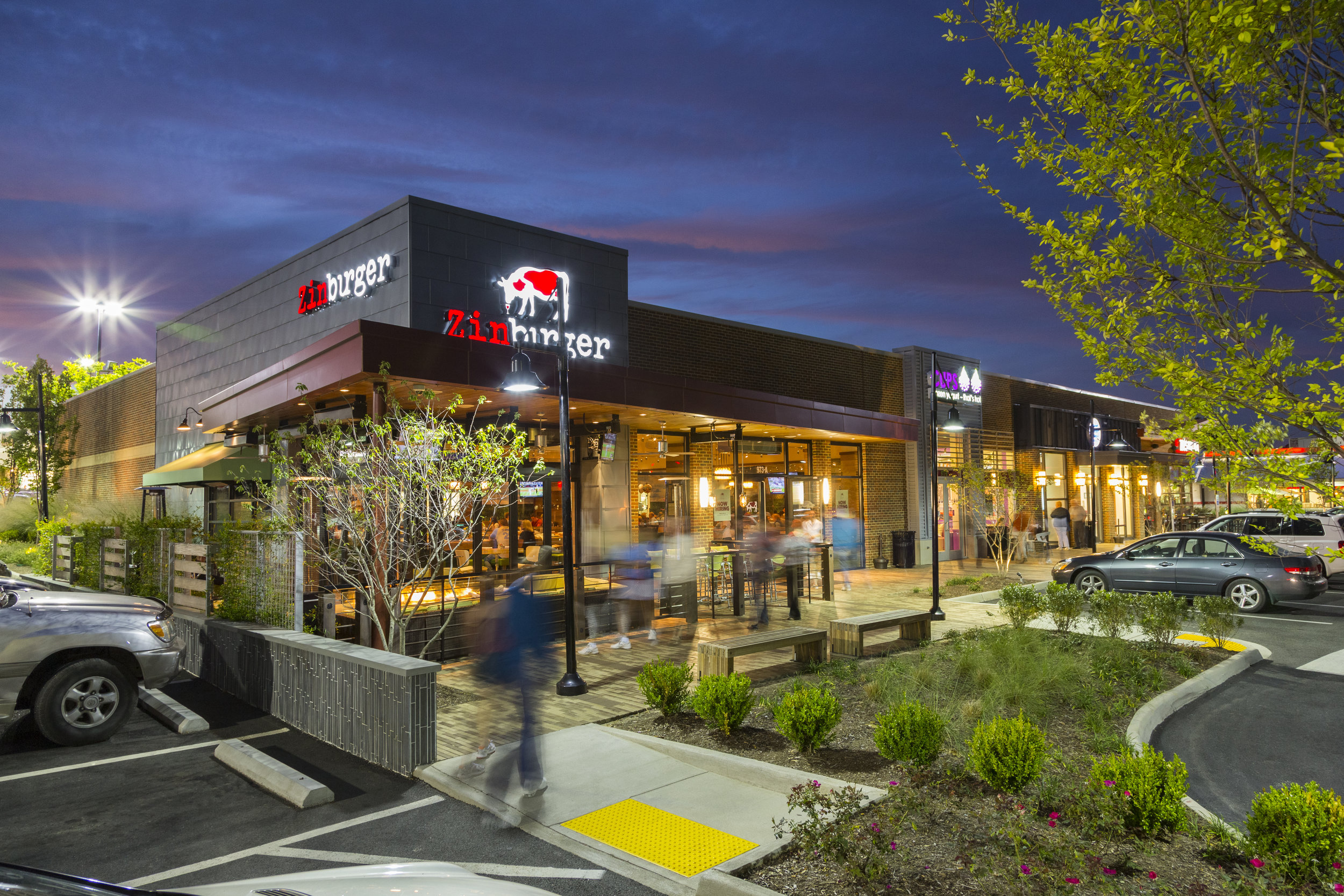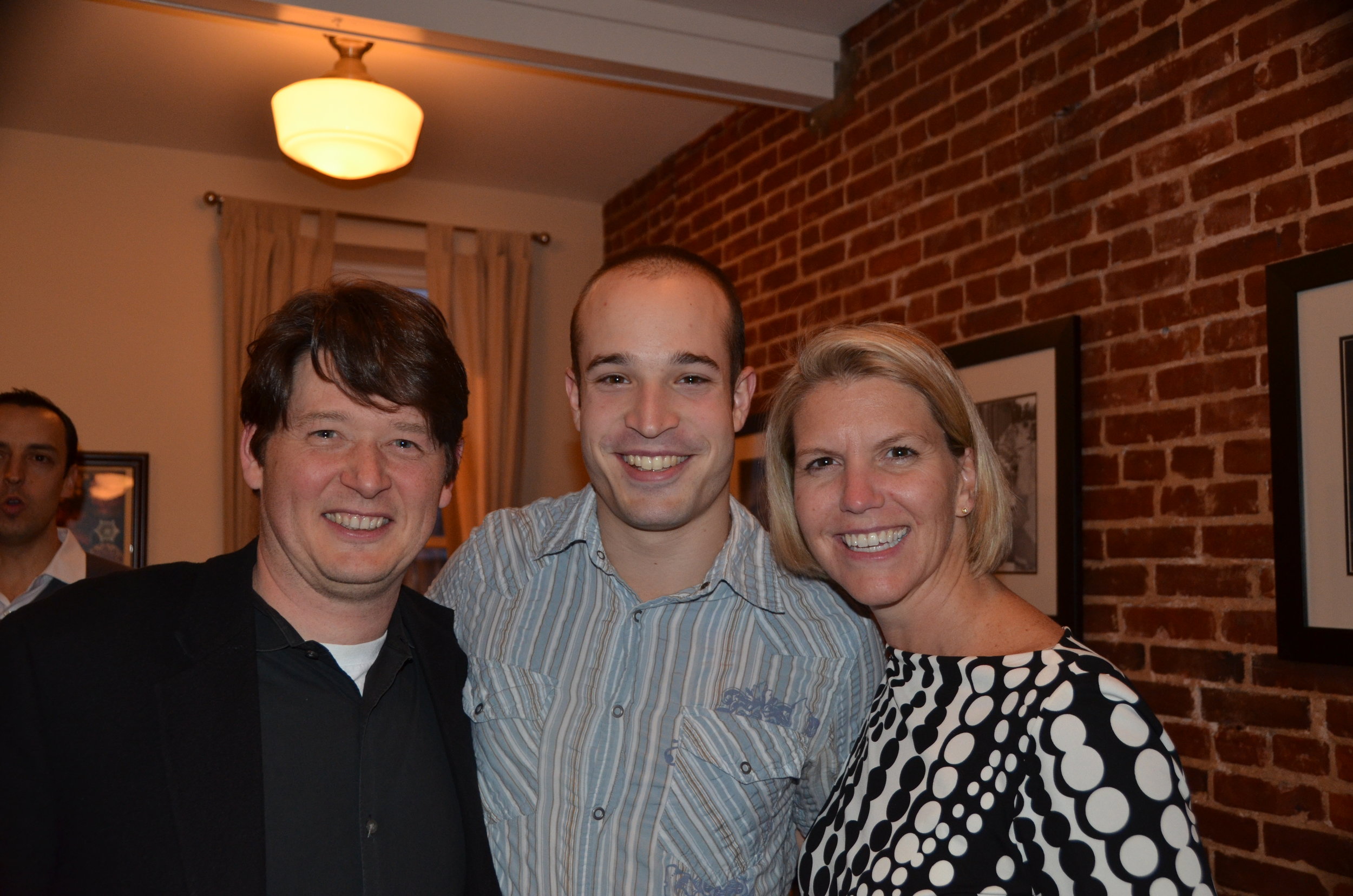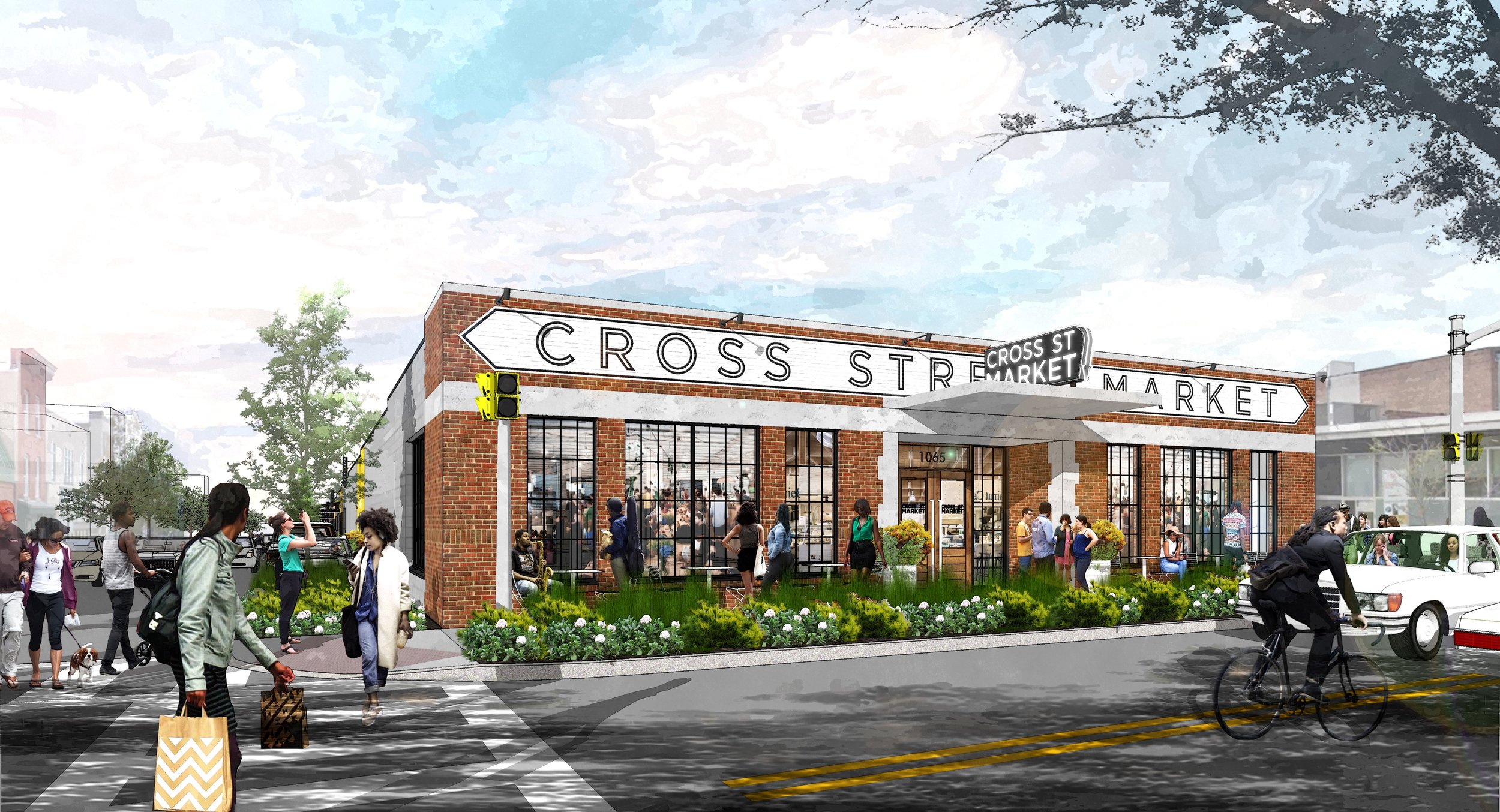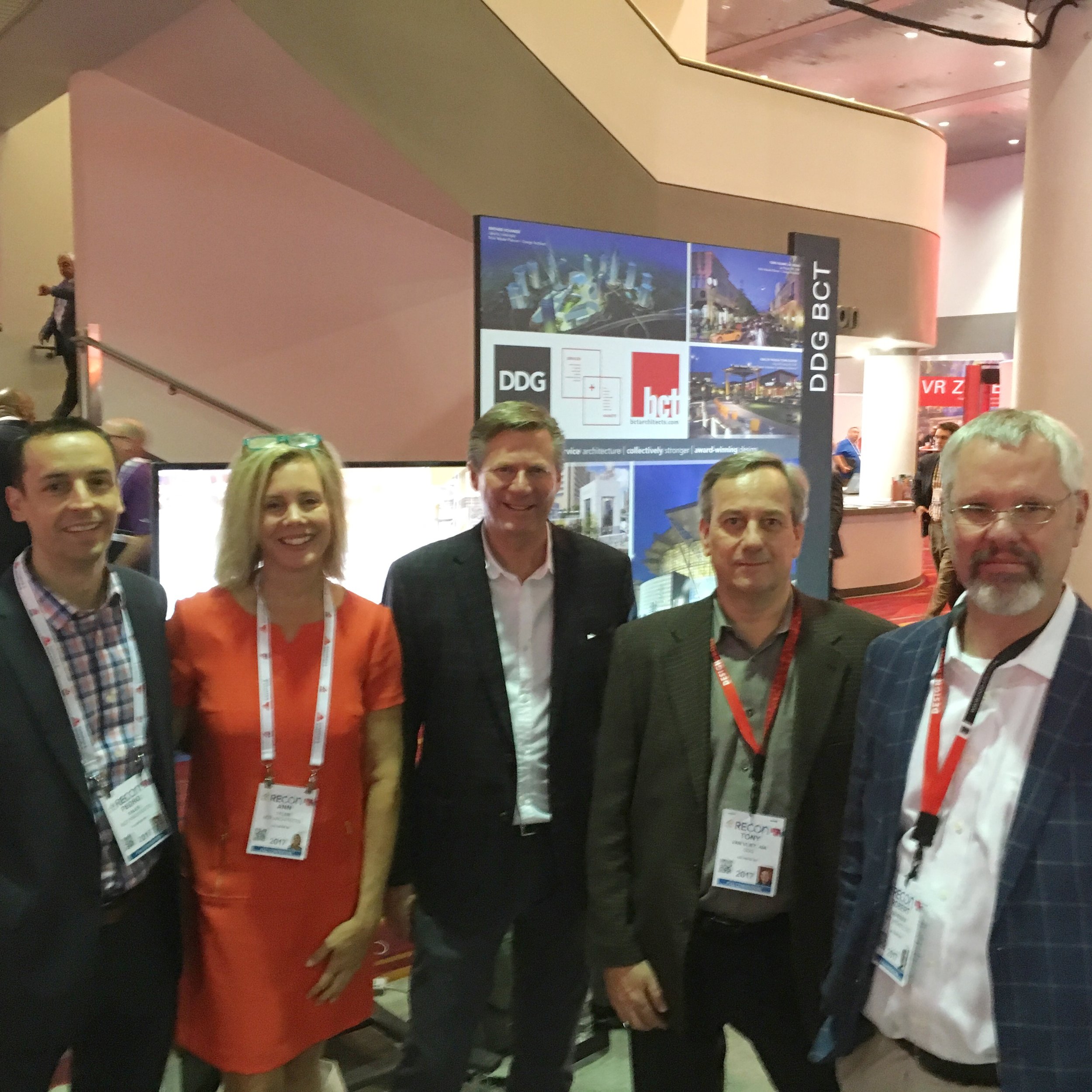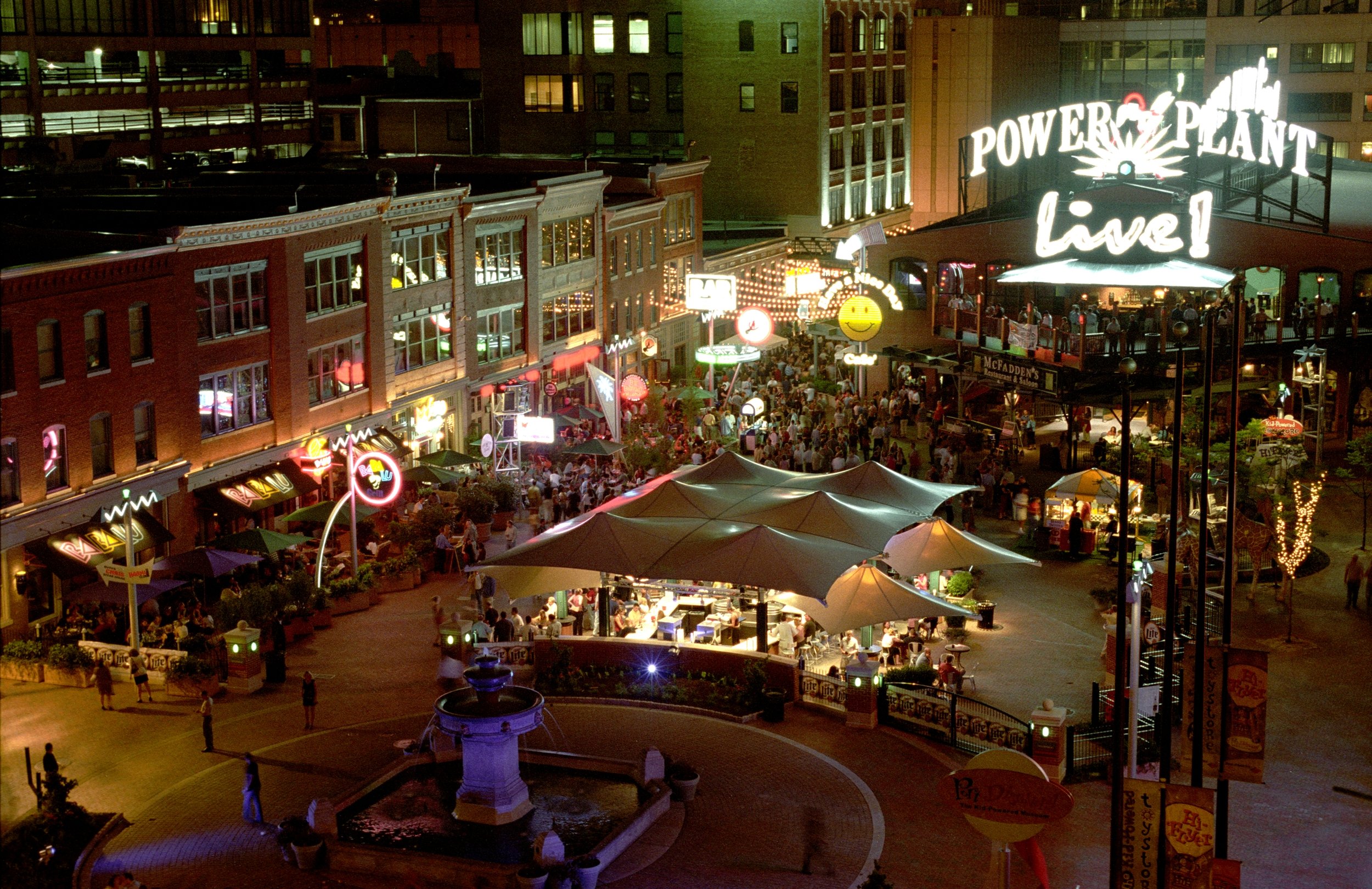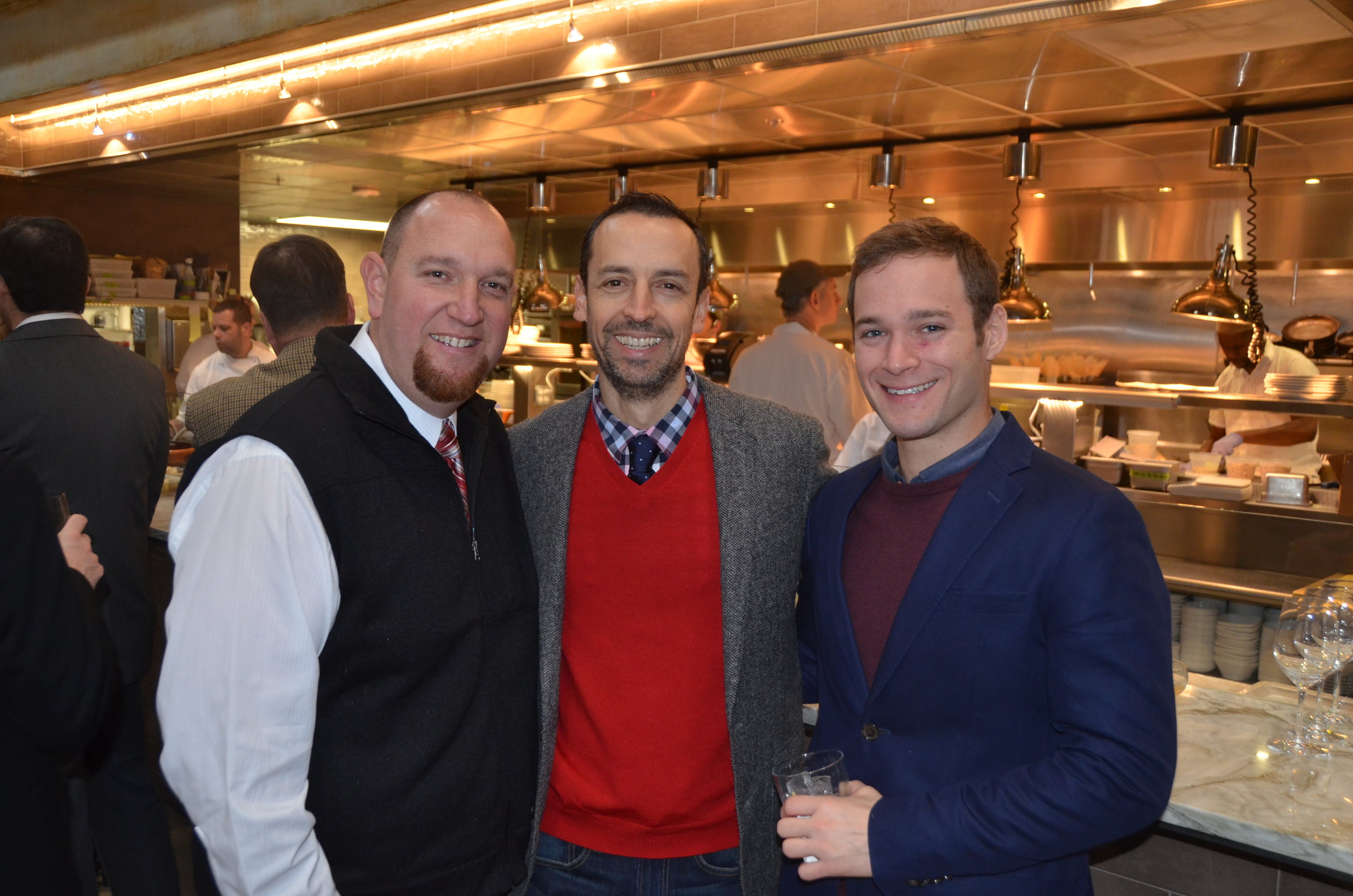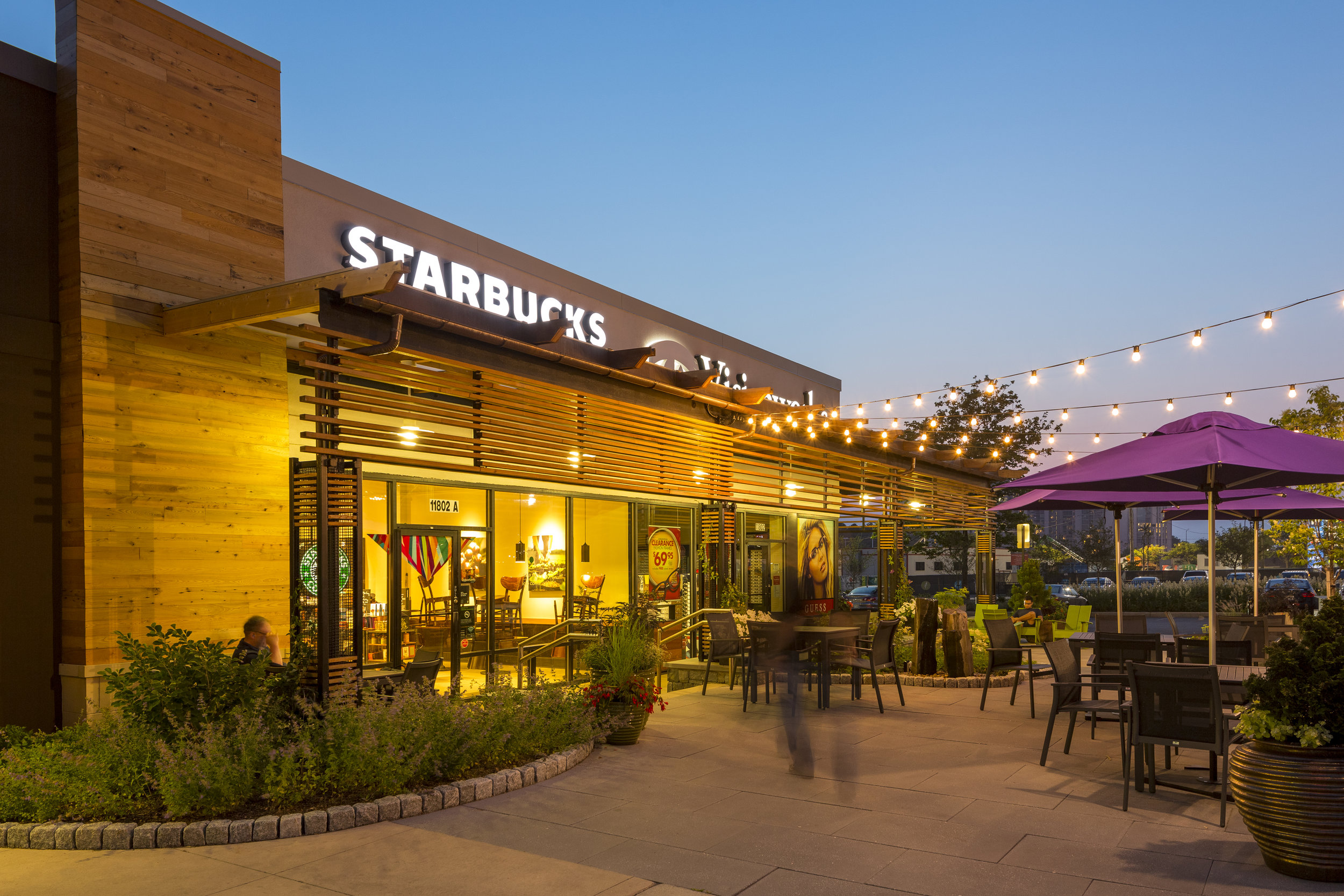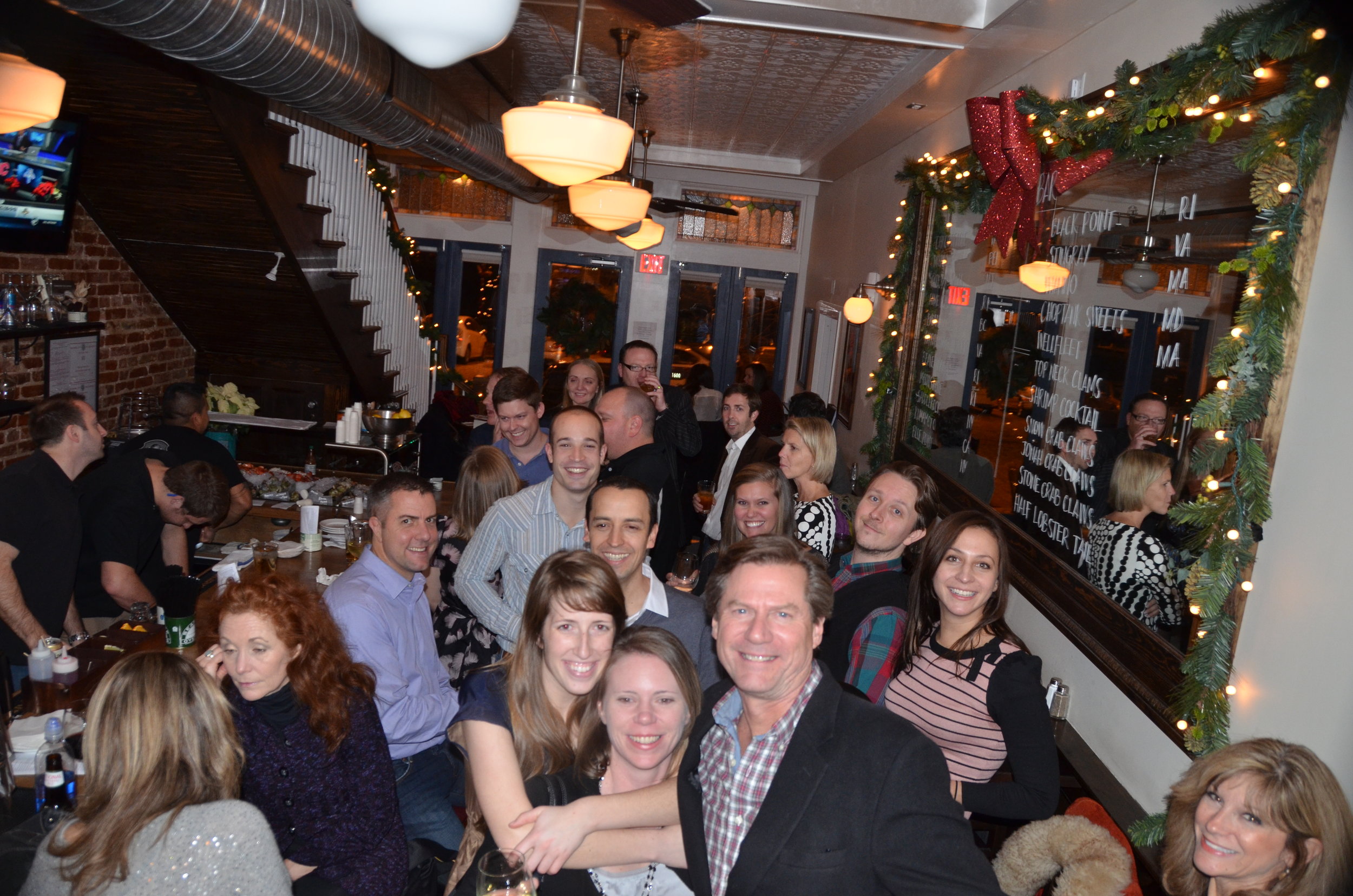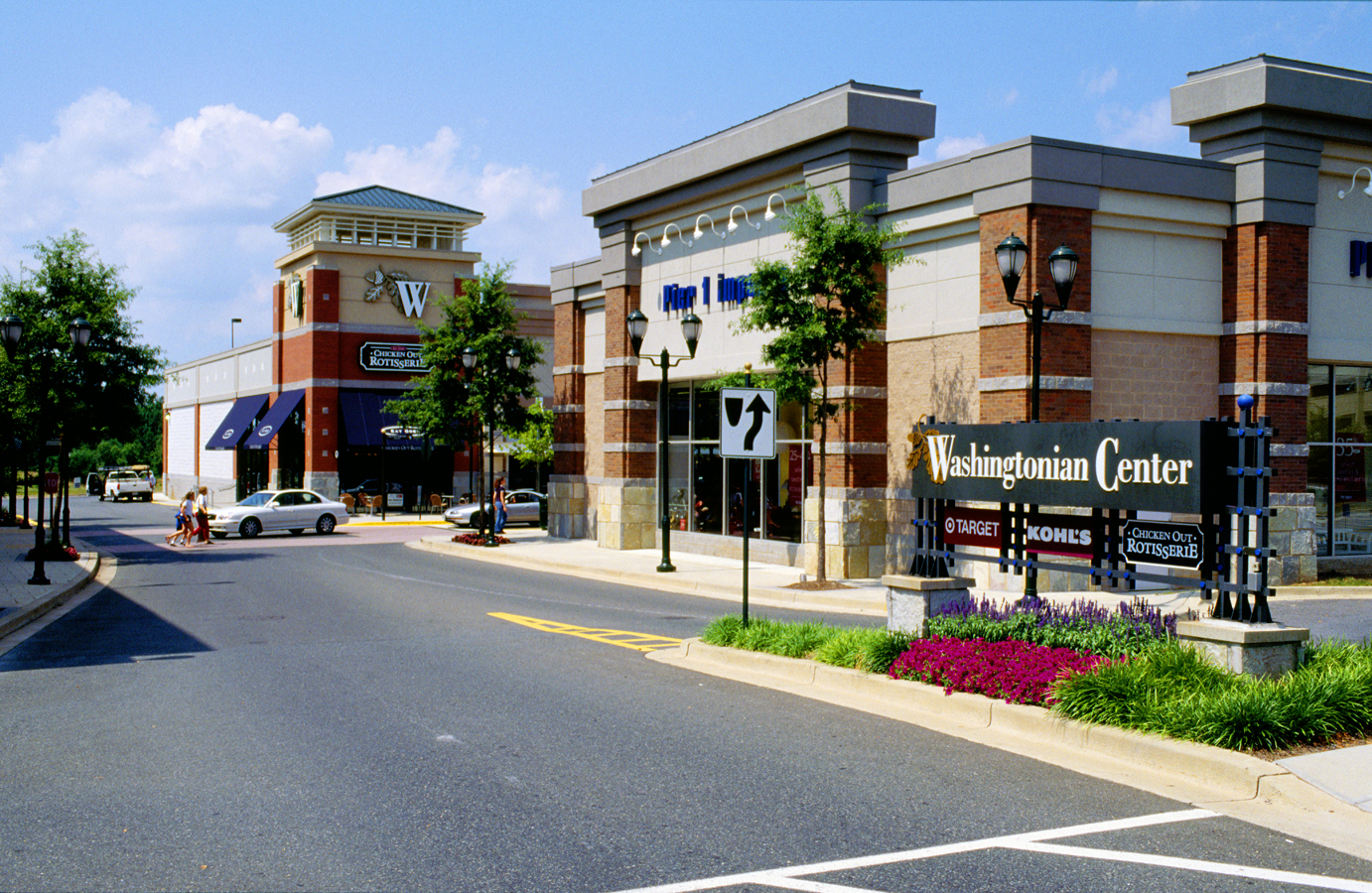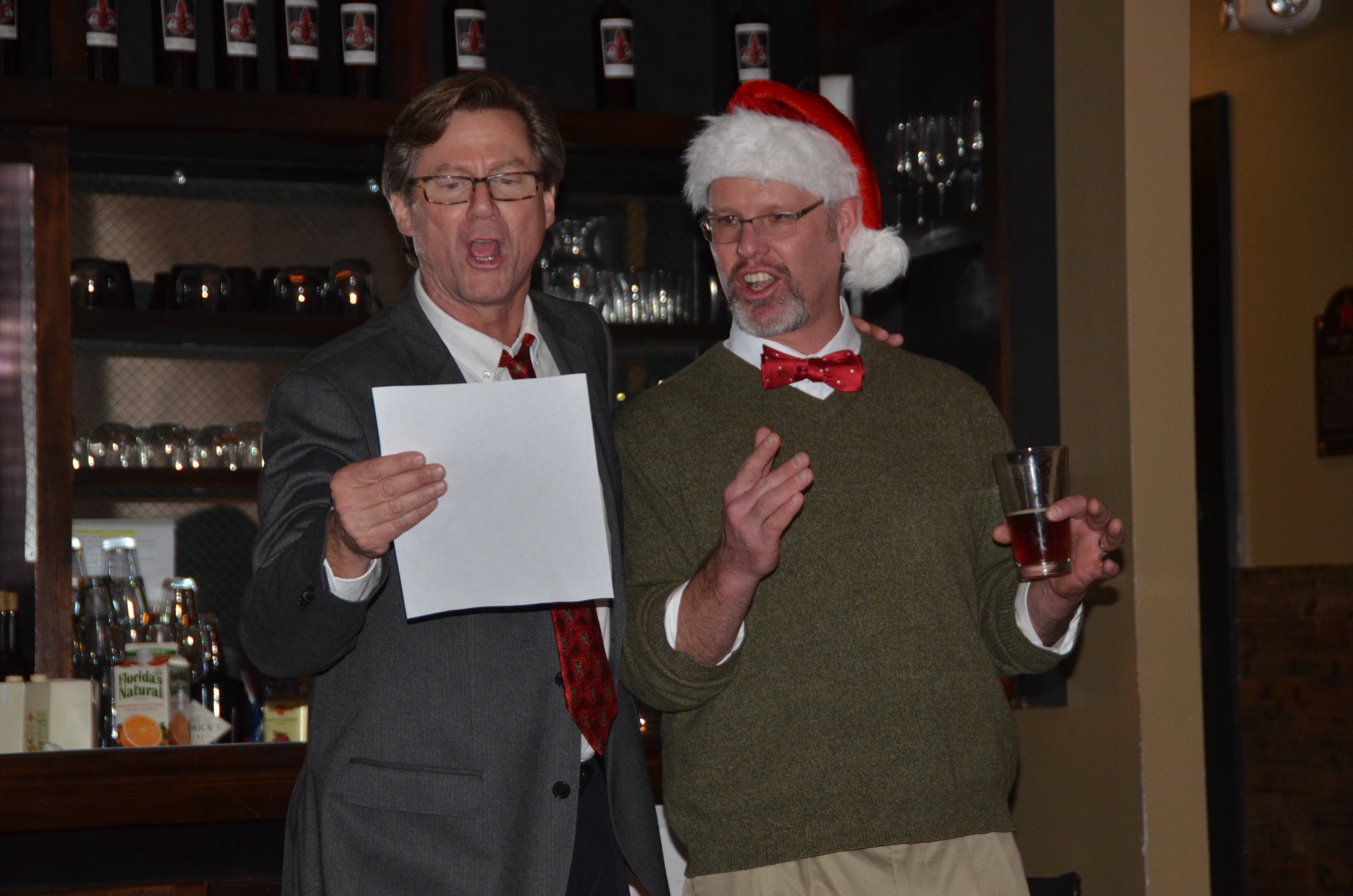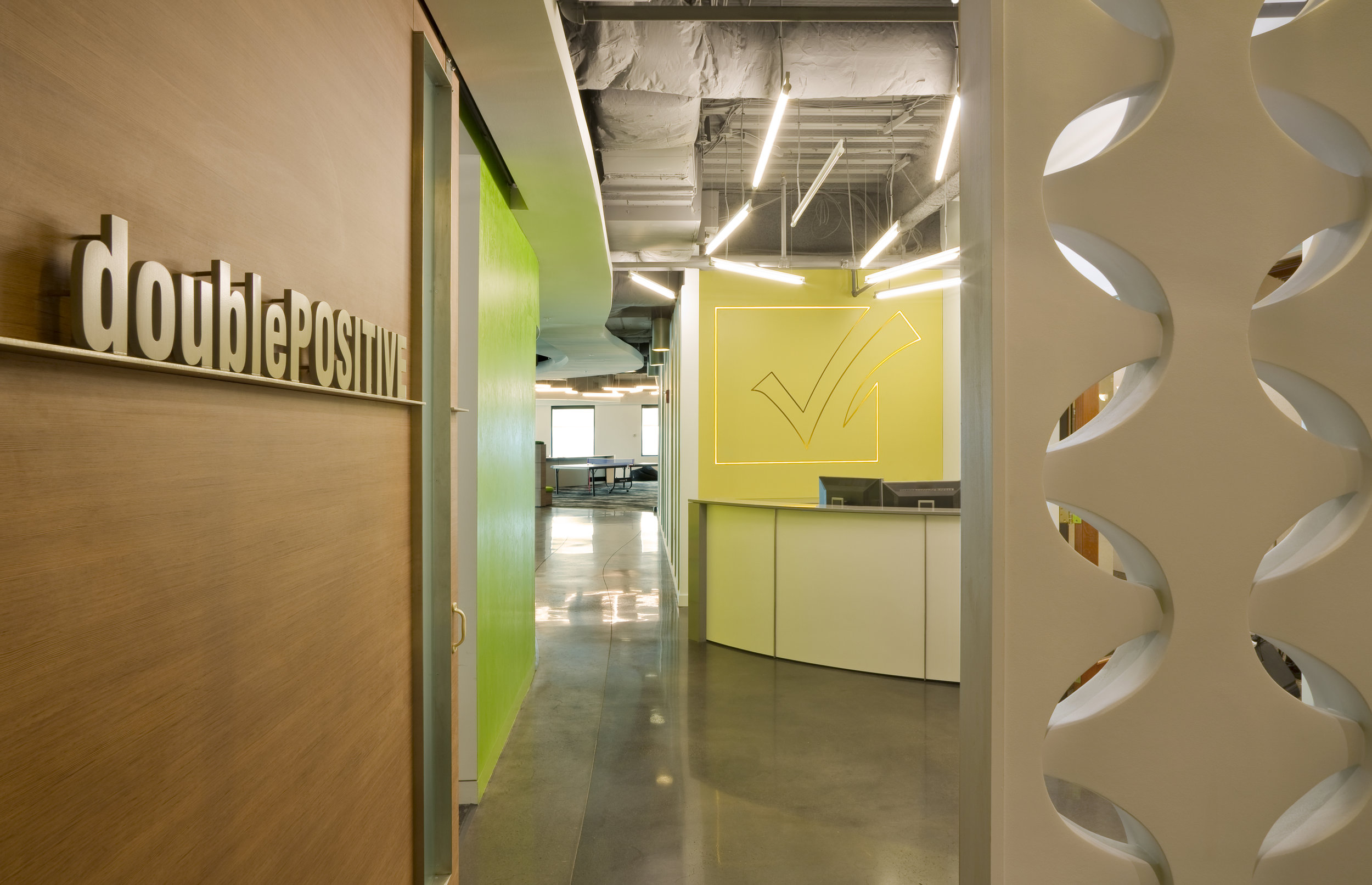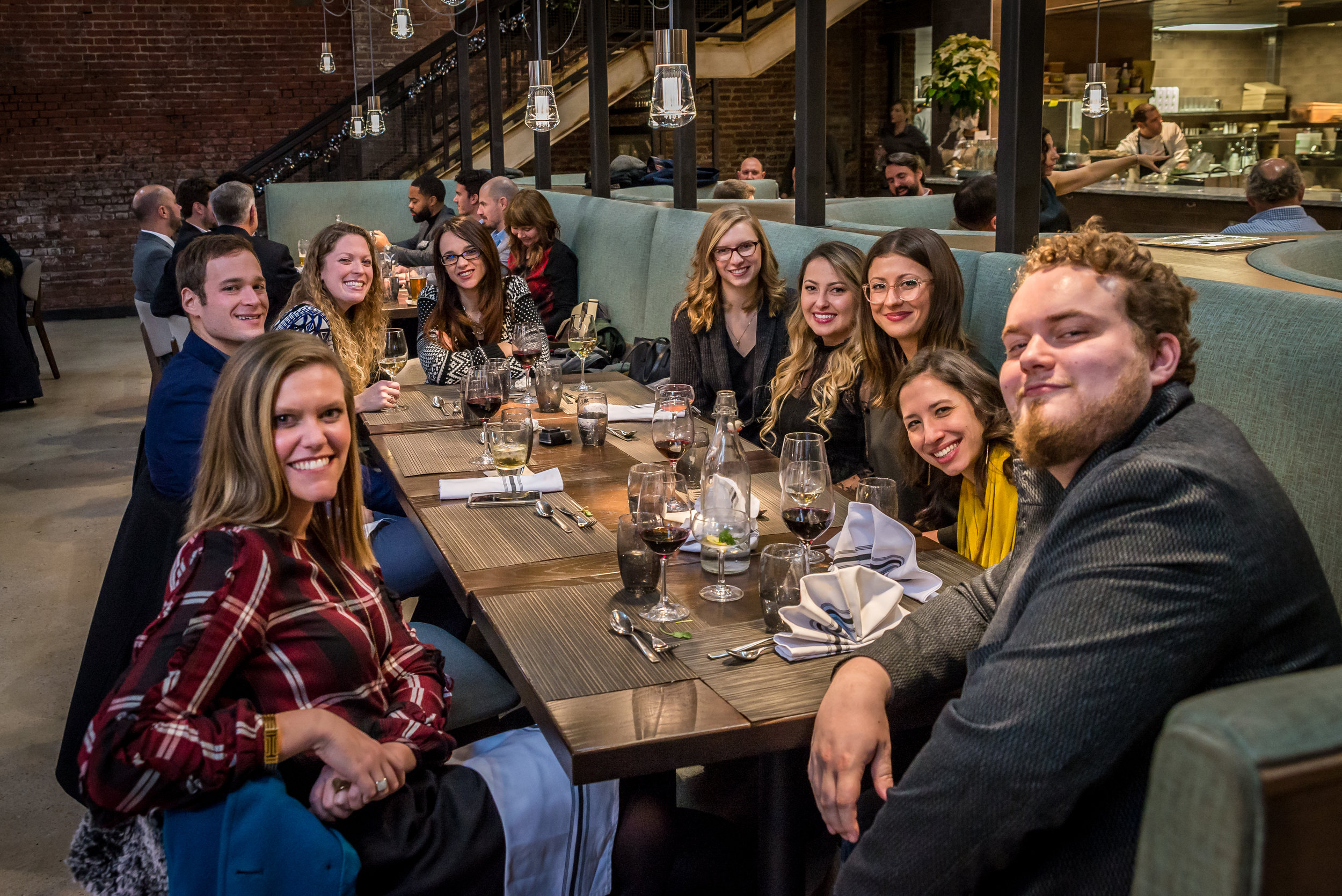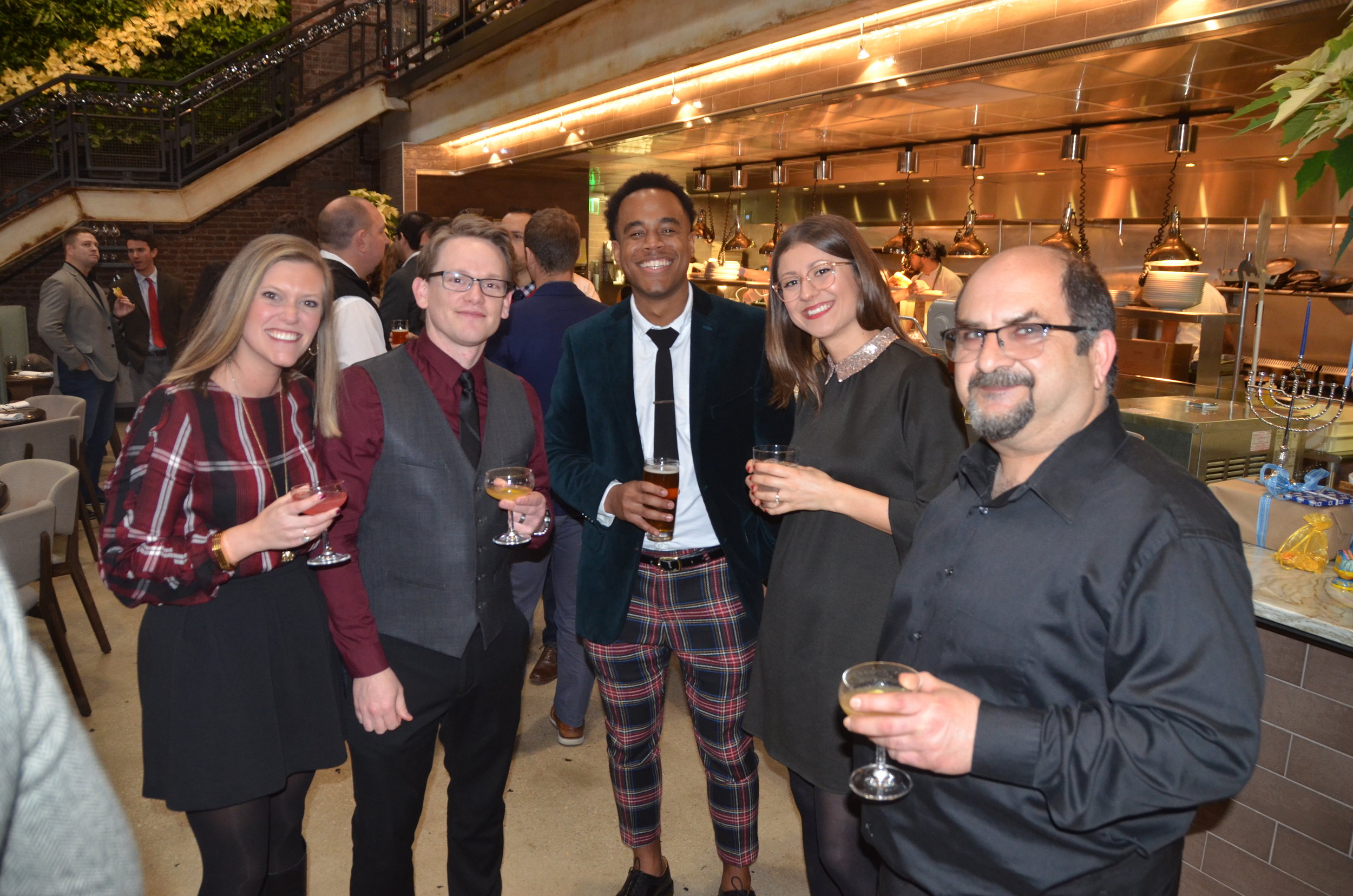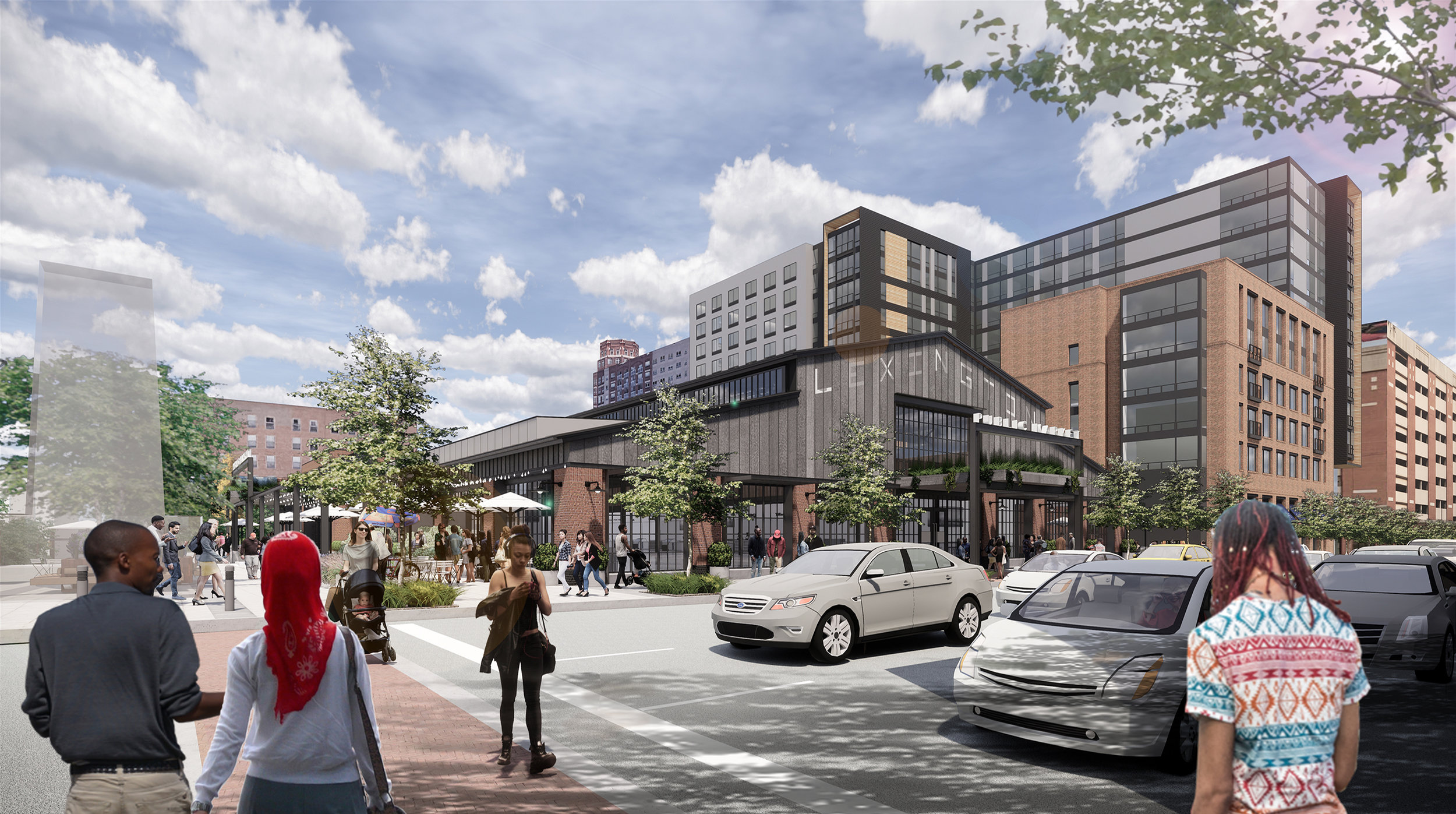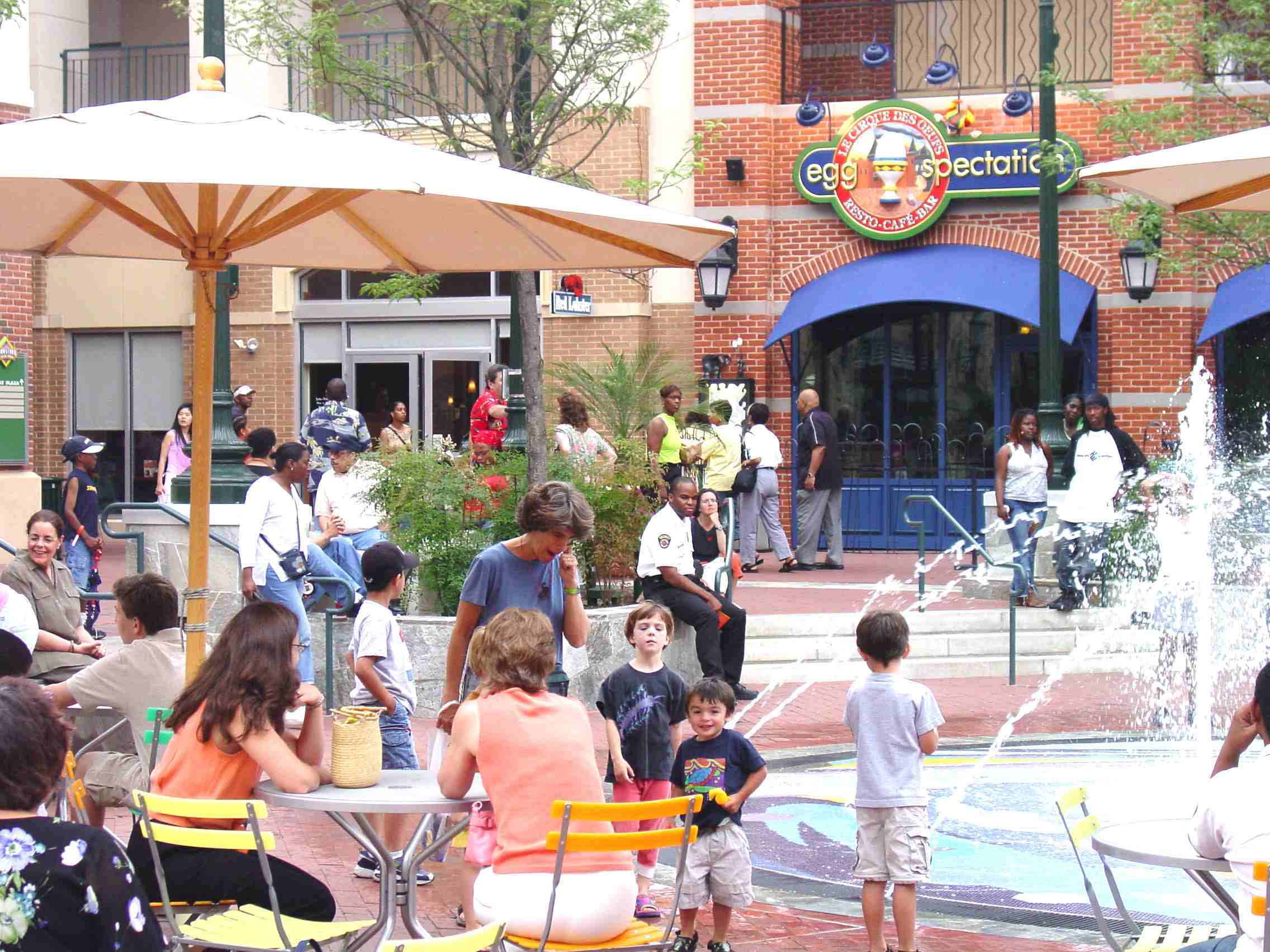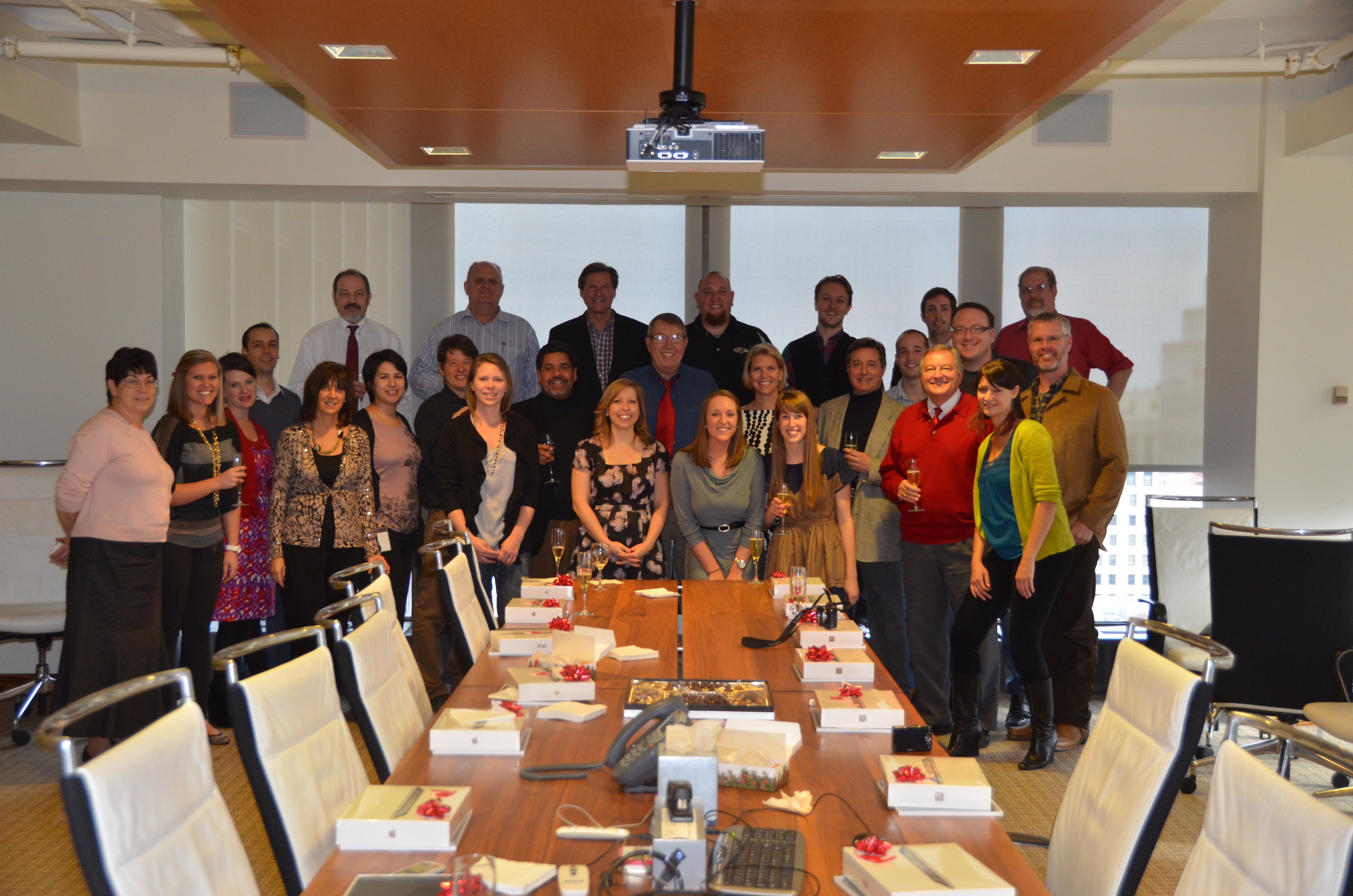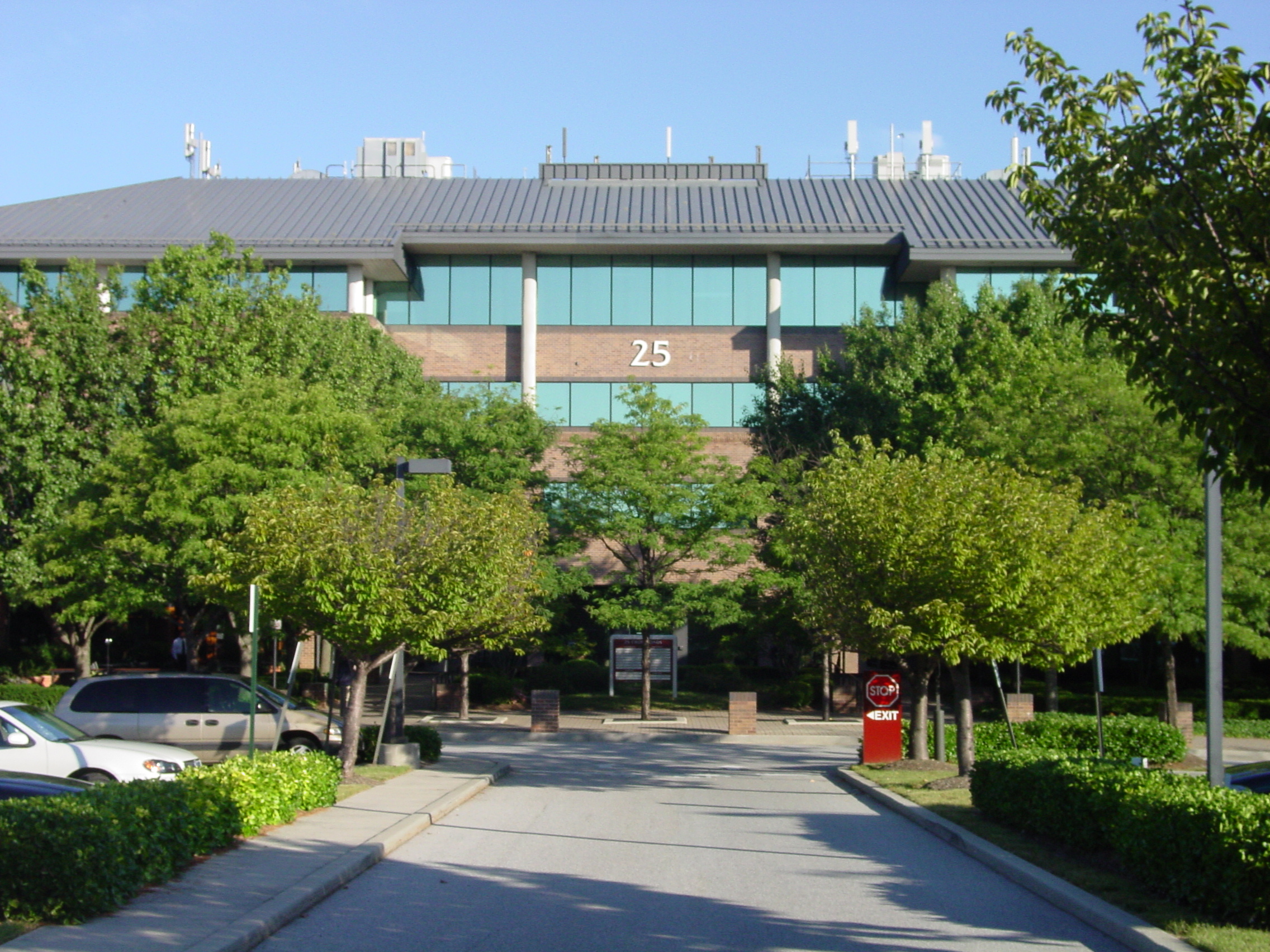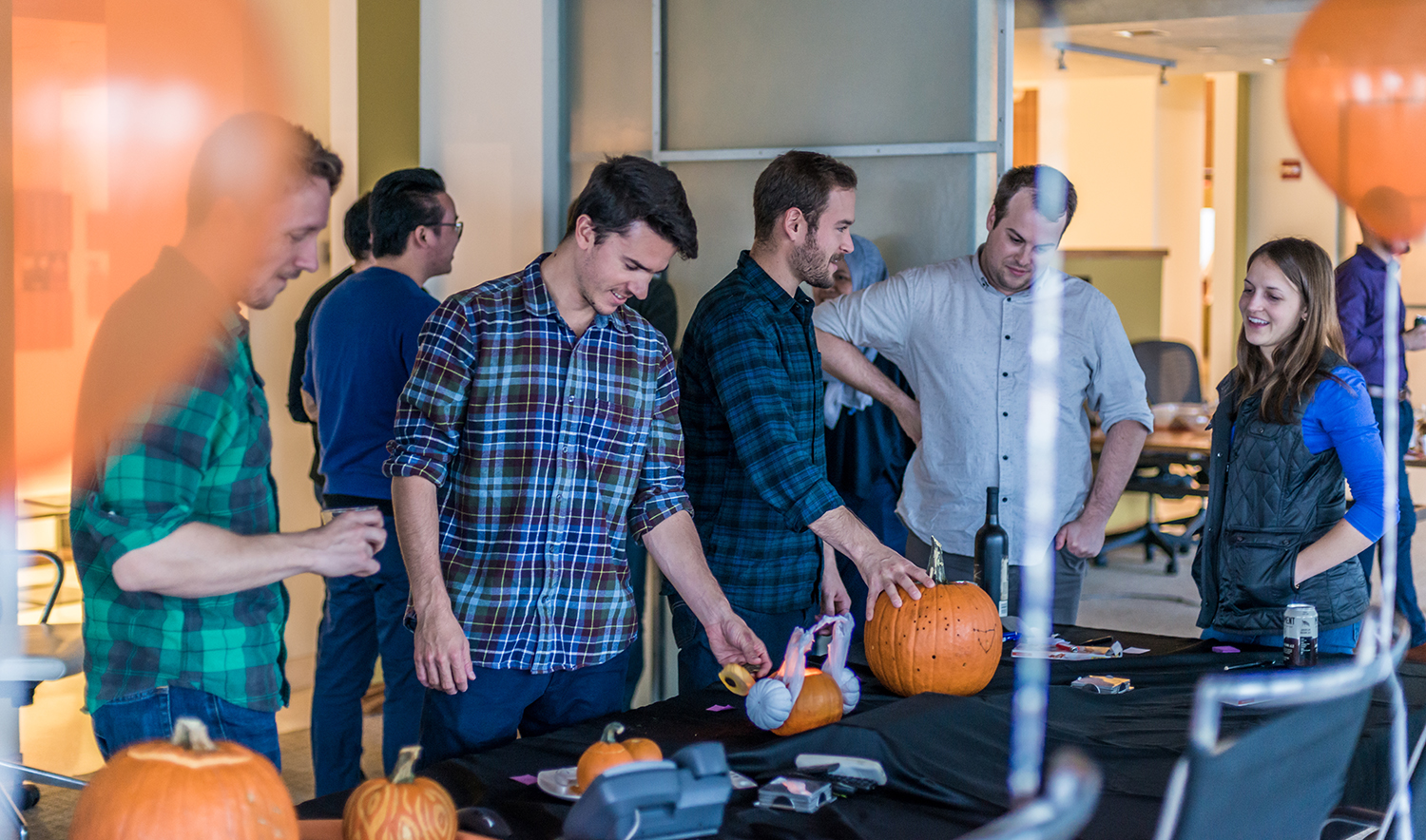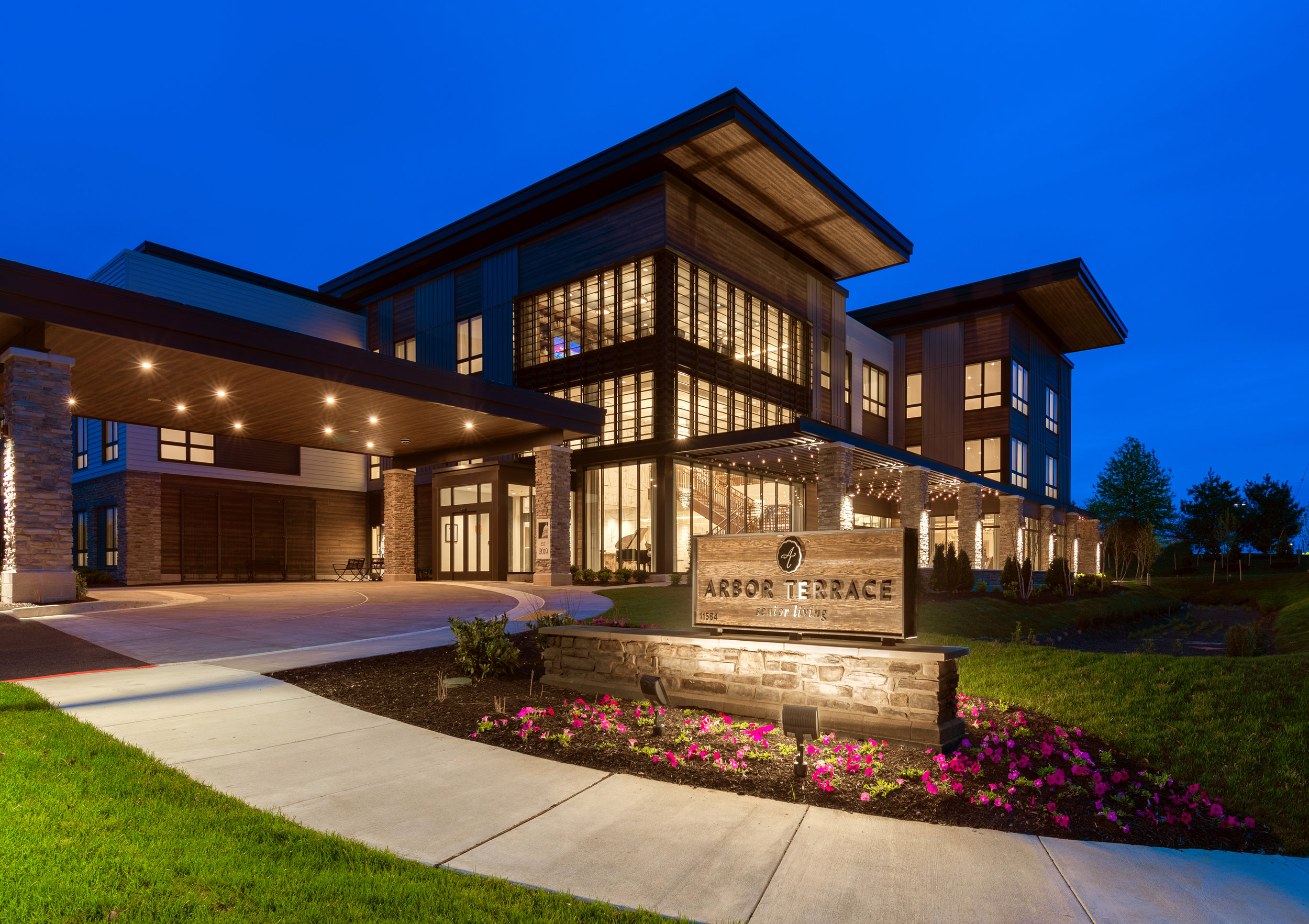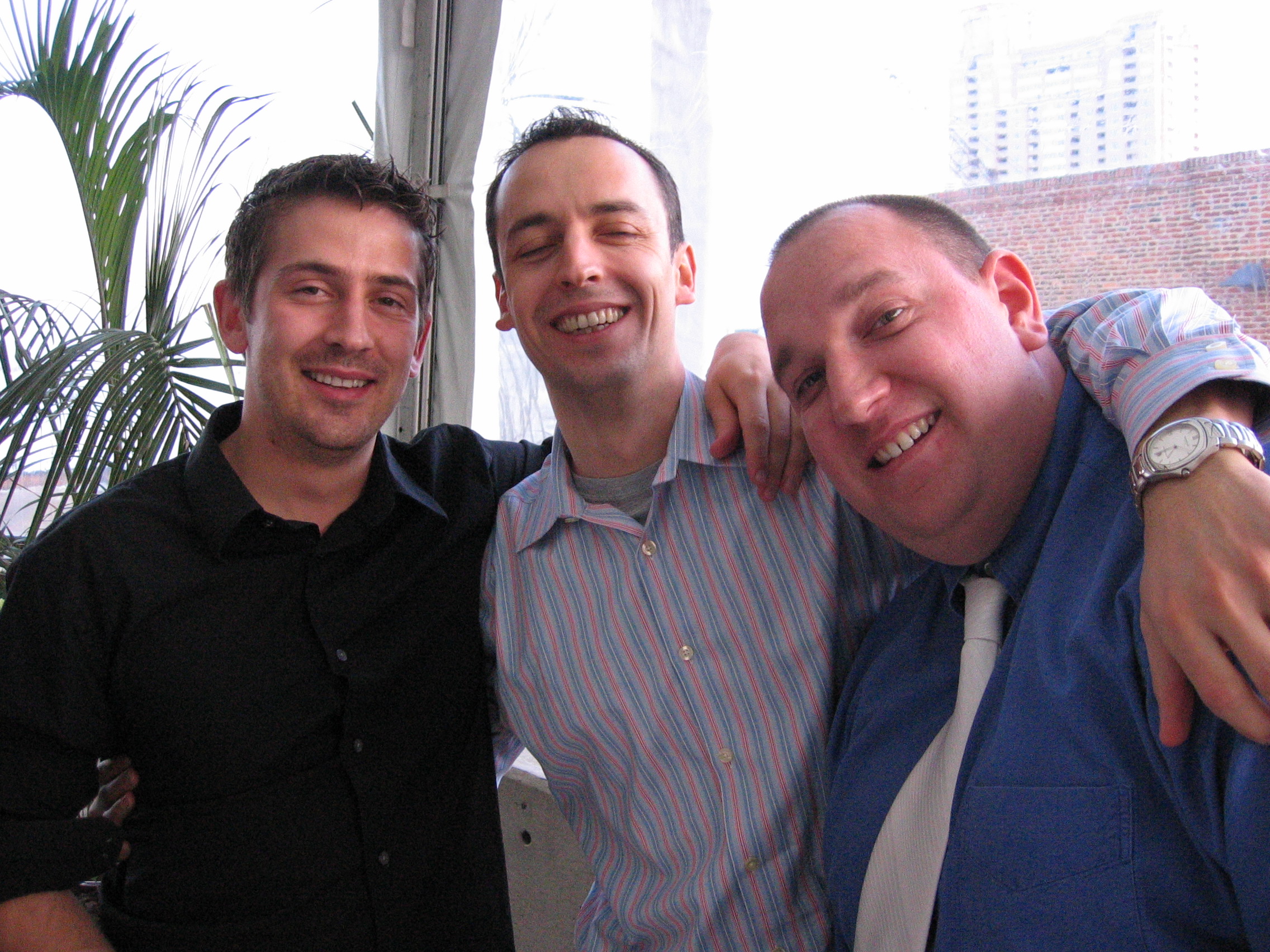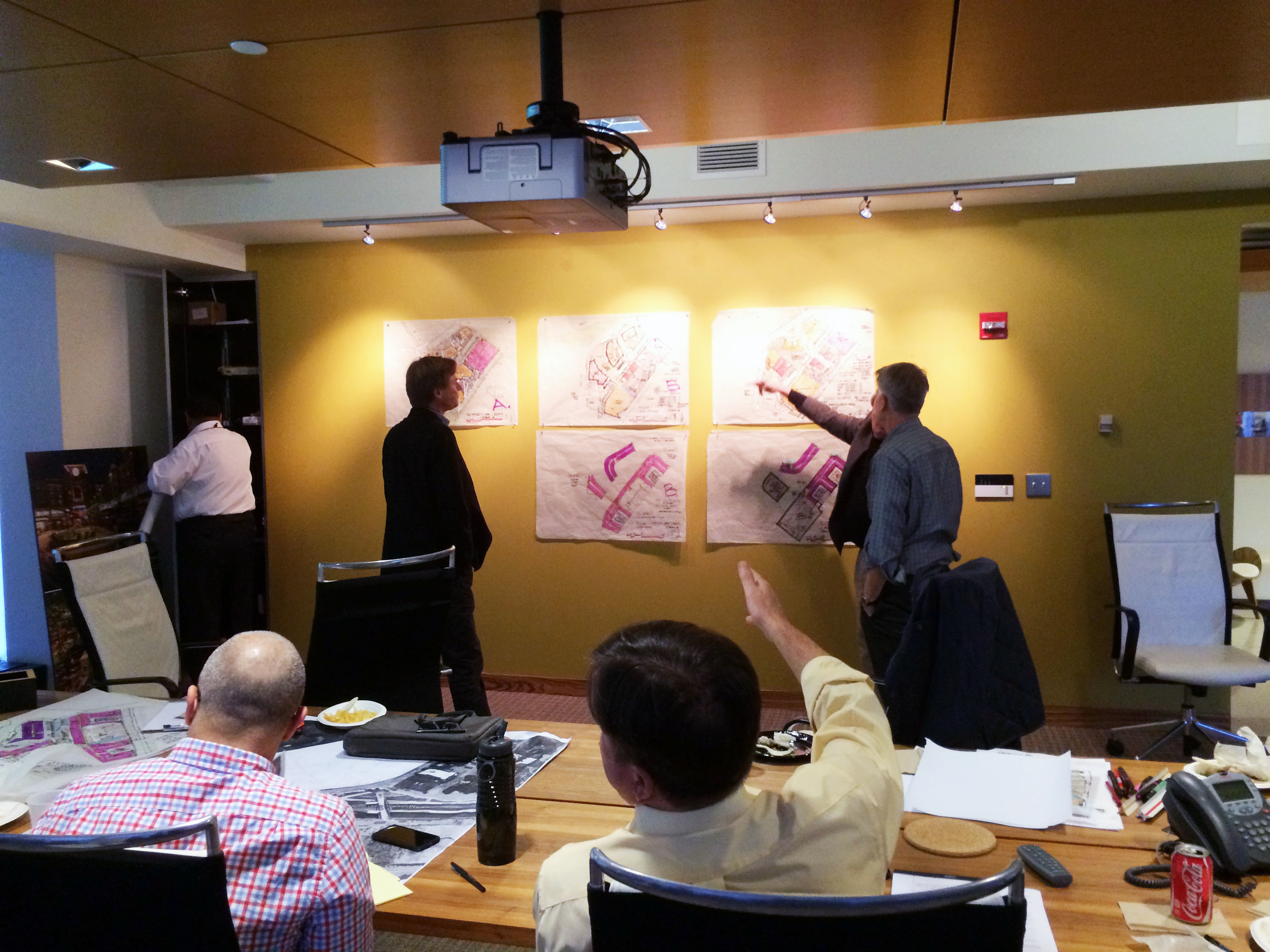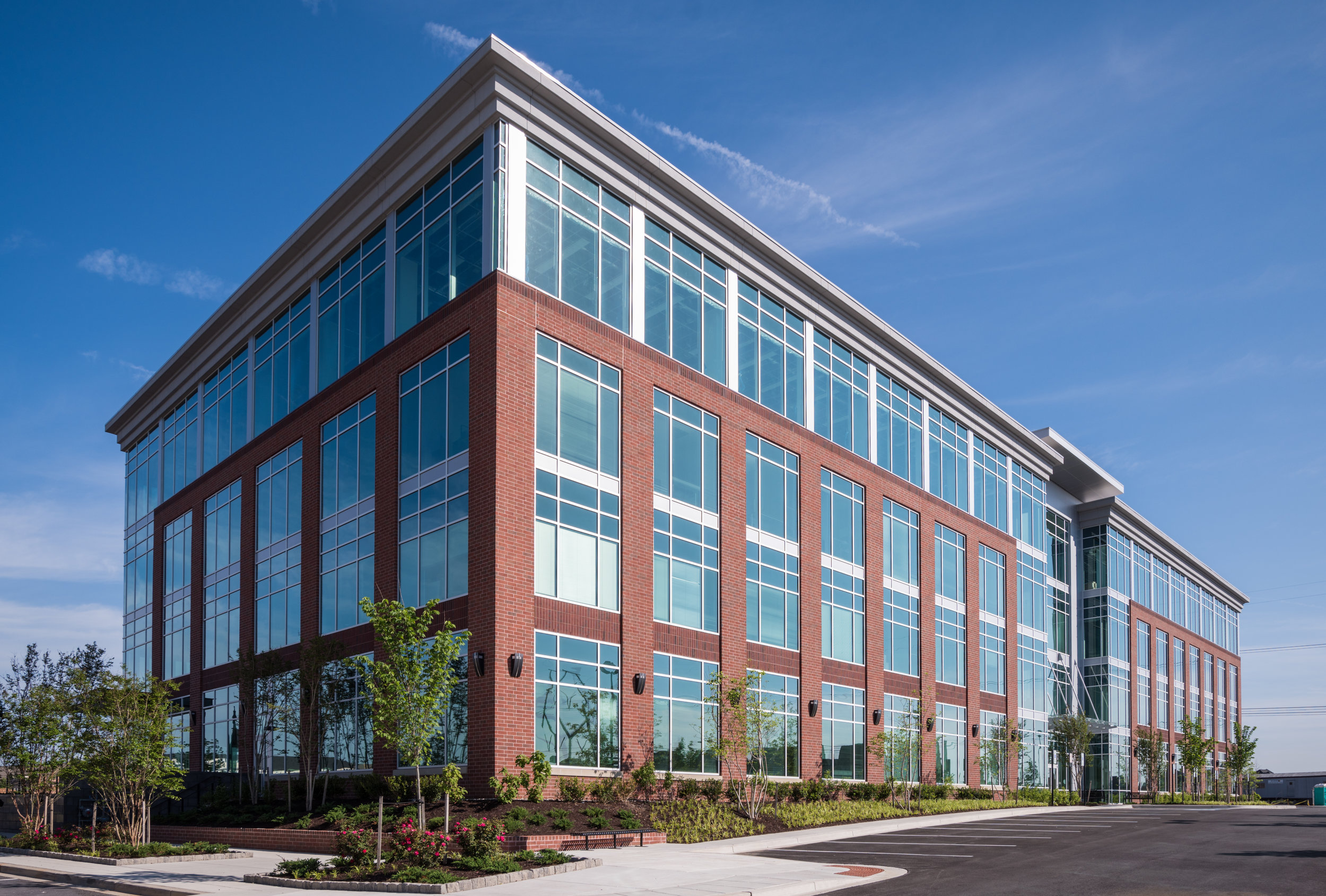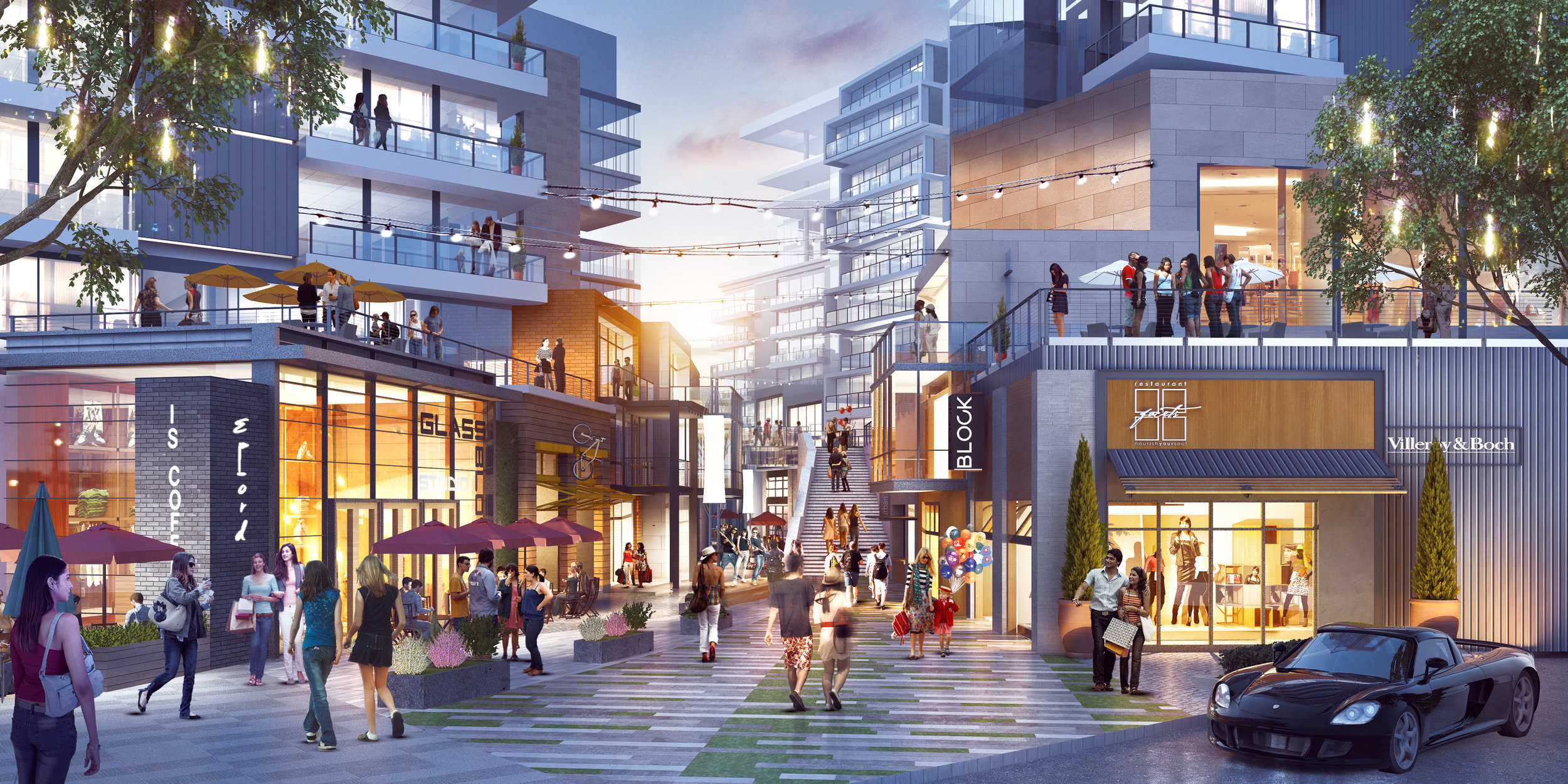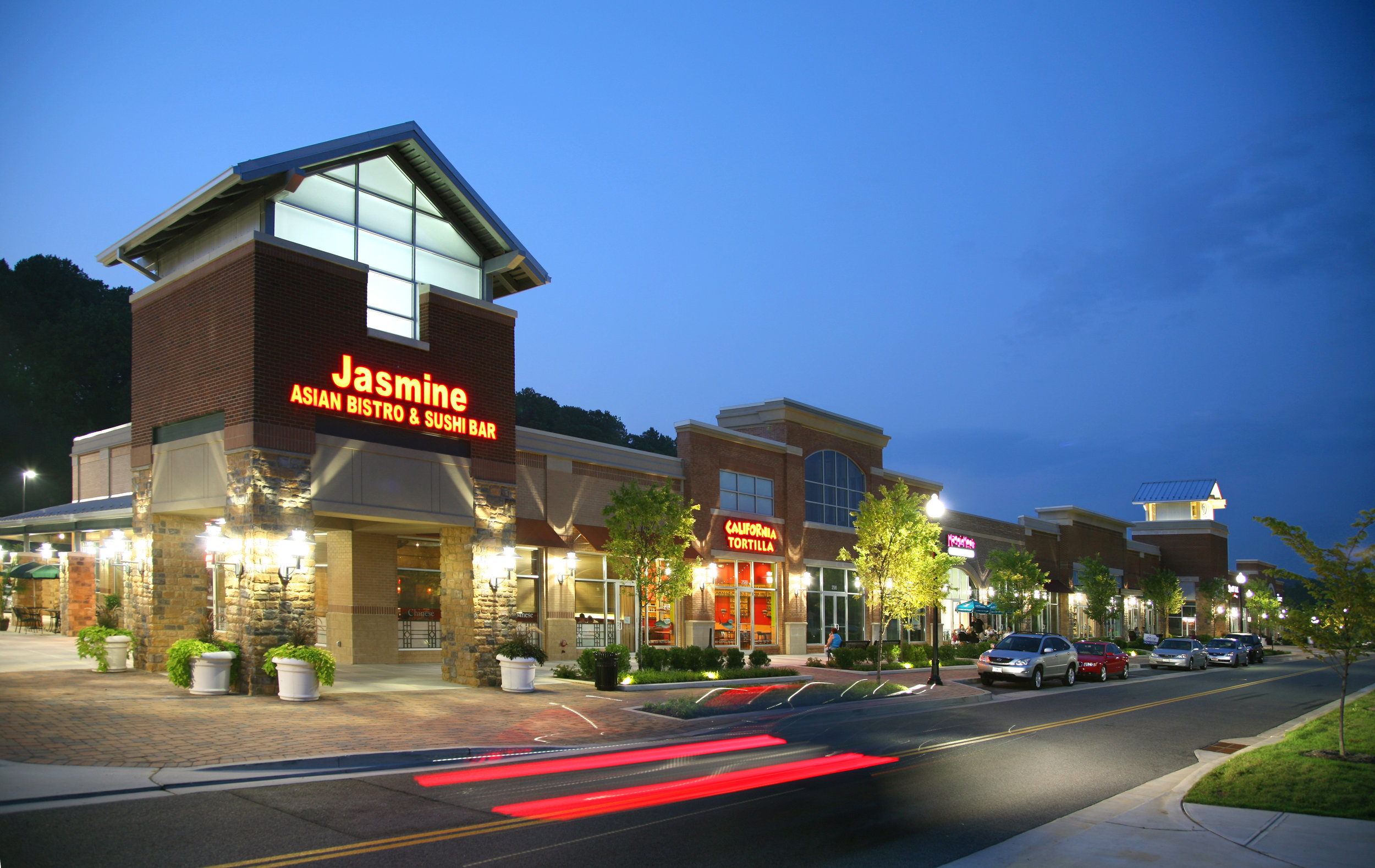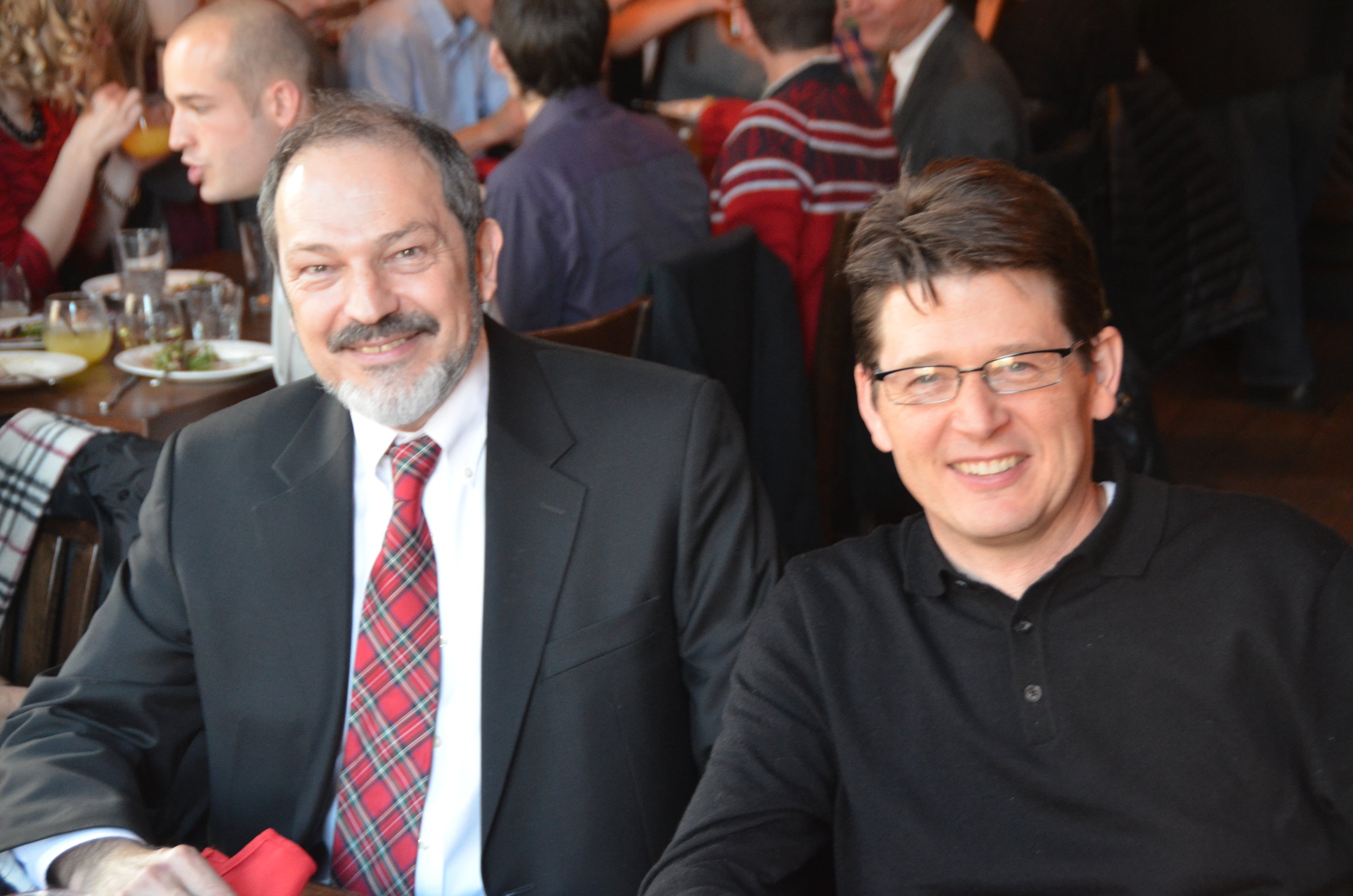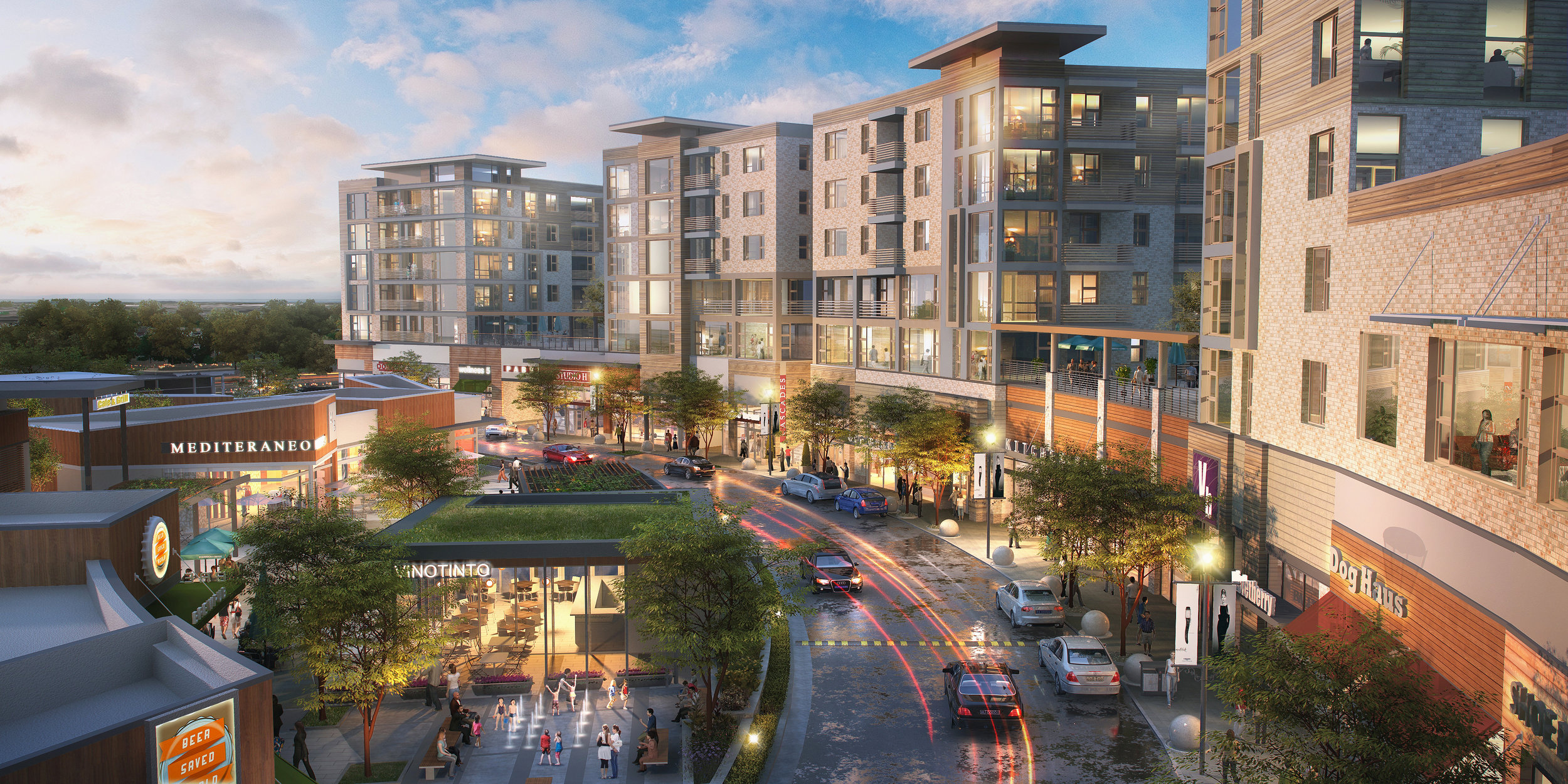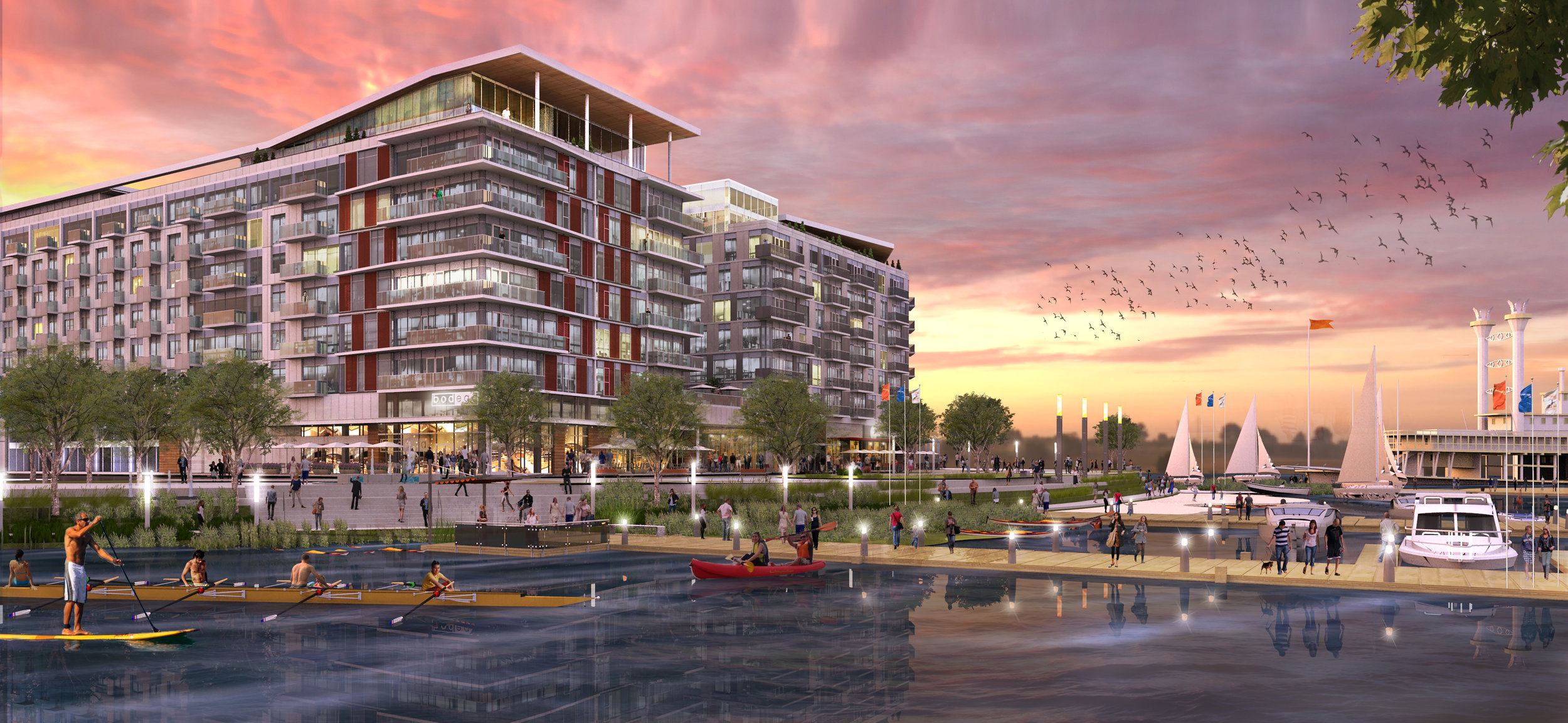
At BCT Architects, we are super excited to celebrating our 50th Anniversary. When Fred Craig and Roger Brown left the Rouse Company in 1969 to form this practice, they brought innovative ideas with them about the future of cities and towns. Although we still like to think like a “Start – Up”, our experience really does provide a perspective that gives us an advantage.
Our focus on the end-user in commercial and leisure environments has found its calling in today’s world of blended social, living, and work activities. We believe the built environment truly can shape our lives and therefore we strive to “blur the lines” between various activities, indoors and out; to encourage a sustainable mix of live, work, and play. This attitude has allowed us to move into the world of housing with a fresh and unique perspective. We look forward to the next 50 years, and promoting people places, as we continue to draw crowds.
